Are you fascinated by the Earth's natural history? These are the geology museums you should visit in Germany:
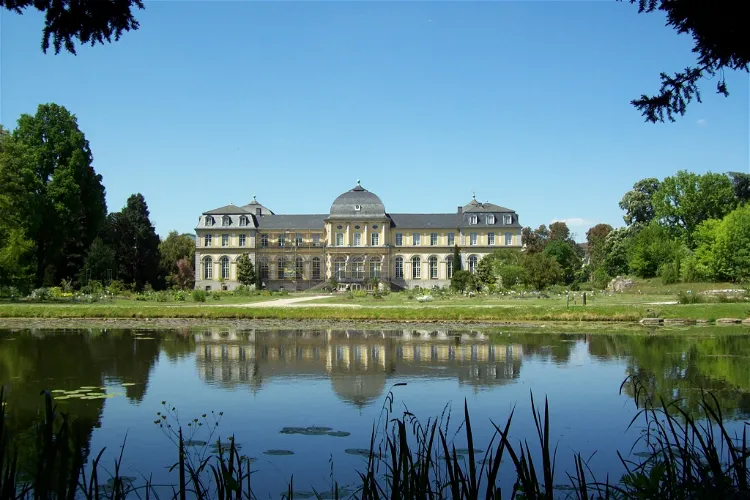
Poppelsdorf Palace
BonnPoppelsdorf Palace, located in the Poppelsdorf district of Bonn, western Germany, is a Baroque building that is now part of the University of Bonn. This historical structure adds a touch of elegance and grandeur to the university campus, making it a point of interest for visitors.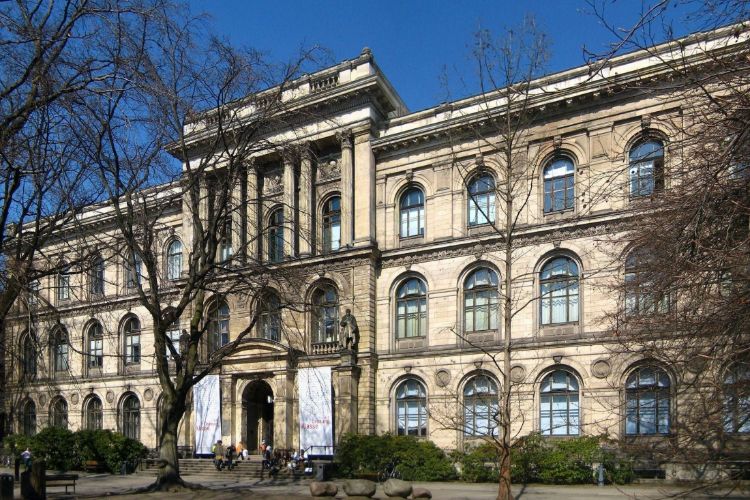
Natural History Museum Berlin
BerlinThe Natural History Museum in Berlin (Museum für Naturkunde) is housed in a building erected between 1883 and 1889. With a collection of more than 60 million objects, it is one of the largest natural history museums in the world. A highlight in the Natural History Musuem in Berlin is the world's lar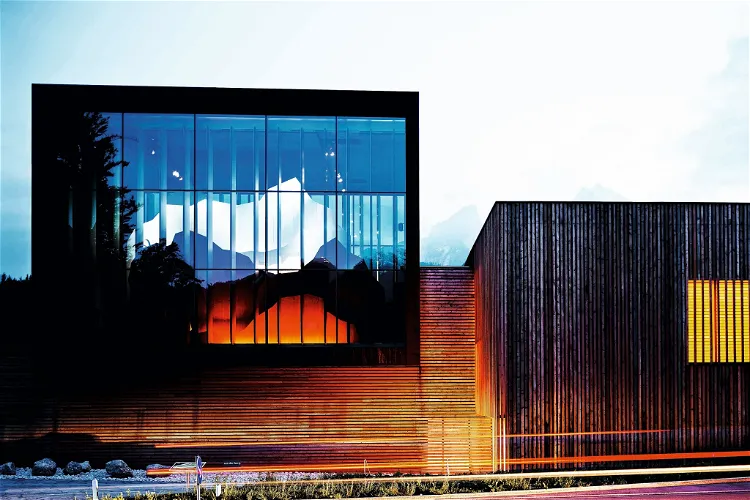
Haus der Berge - Nationalparkzentrum Berchtesgaden
BerchtesgadenThe Haus der Berge in Berchtesgaden serves as the central information and education center of the Berchtesgaden National Park. It provides visitors with comprehensive information about the park and its diverse ecosystems. The center also offers educational programs aimed at promoting understanding and appreciation of the natural environment.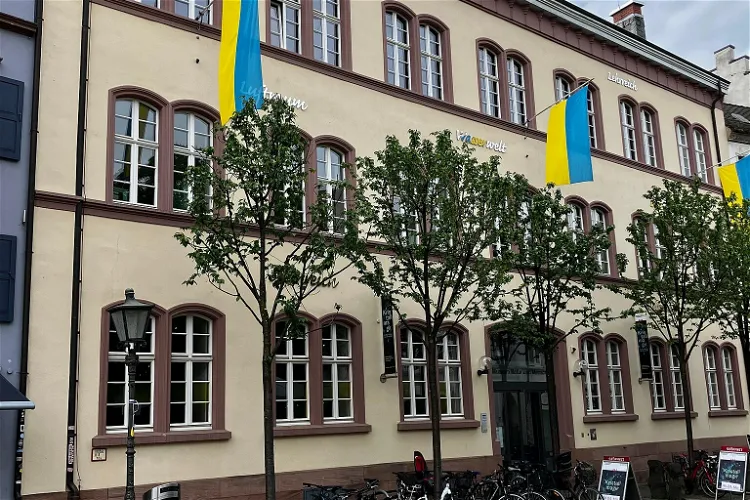
Museum Natur und Mensch
Freiburg im BreisgauThe Museum Natur und Mensch, located in Freiburg im Breisgau, Baden-Württemberg, is a natural history museum. It was established in the year 1895, making it a long-standing institution in the region. Visitors can expect to explore a wide range of exhibits related to natural history.
Natural History Museum Mainz
MainzThe Natural History Museum of Mainz, located in Rhineland-Palatinate, is the largest of its kind in the region. The museum's focus is on biology and Earth sciences, not only in Rhineland-Palatinate but also in Rwanda, which has been a partner country of the museum and the state since 1982. This partnership provides a unique perspective and enriches the museum's collection and exhibitions.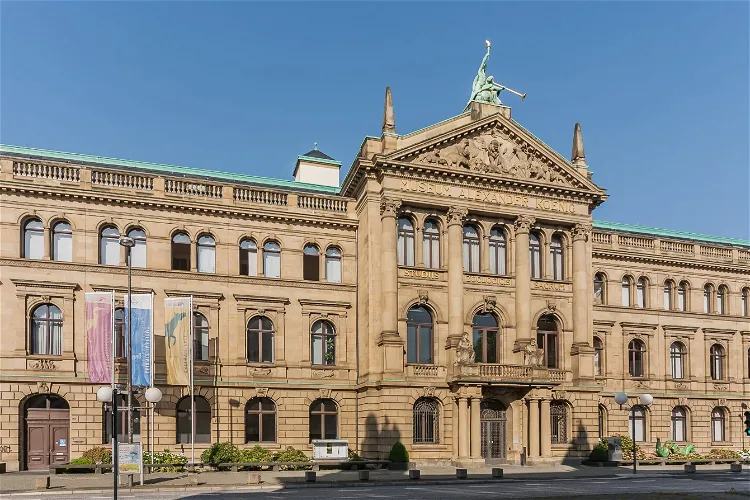
Alexander Koenig Zoological Research Museum
BonnThe Alexander Koenig Zoological Research Museum, located in Bonn, Germany, is a renowned natural history museum and zoological research institution. The museum is named after Alexander Koenig, a private scholar and passionate collector of specimens, who generously donated his collection to the institution. This collection forms the basis of the museum's exhibits and has been instrumental in its research endeavors.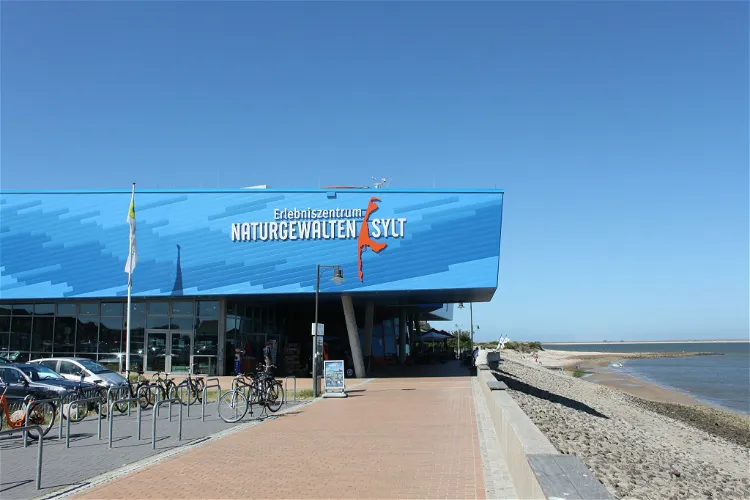
Erlebniszentrum Naturgewalten Sylt
List auf SyltThe Erlebniszentrum Naturgewalten Sylt is an exhibition and event center located in List auf Sylt. Its main goal is to represent and convey the diversity, beauty, and dynamics of the seas and coasts, as well as the experience of natural forces. This makes it an ideal destination for those interested in learning more about the natural world and its phenomena.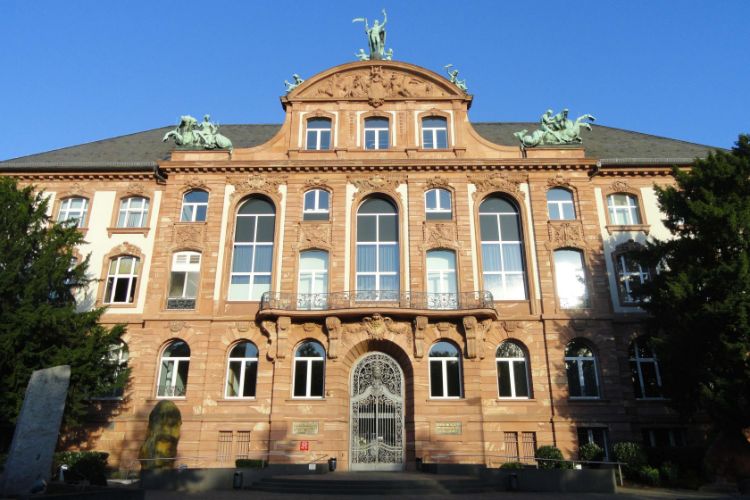
Senckenberg Natural History Museum
FrankfurtThe Naturmuseum Senckenberg (Senckenberg Natural History Museum) is the largest museum of natural sciences in Germany, located in Frankfurt and housed in a building that was built between 1904 and 1907. The Naturmuseum Senckenberg holds the largest collection of large dinosaurs in Europe. One specif
House of Mountains
BerchtesgadenThe House of Mountains, located in Berchtesgaden, serves as the central information and education center of the Berchtesgaden National Park. It provides visitors with a wealth of information about the park, its flora and fauna, and the various activities available within the park. The center is designed to be accessible and informative, making it a valuable resource for anyone planning to explore the park.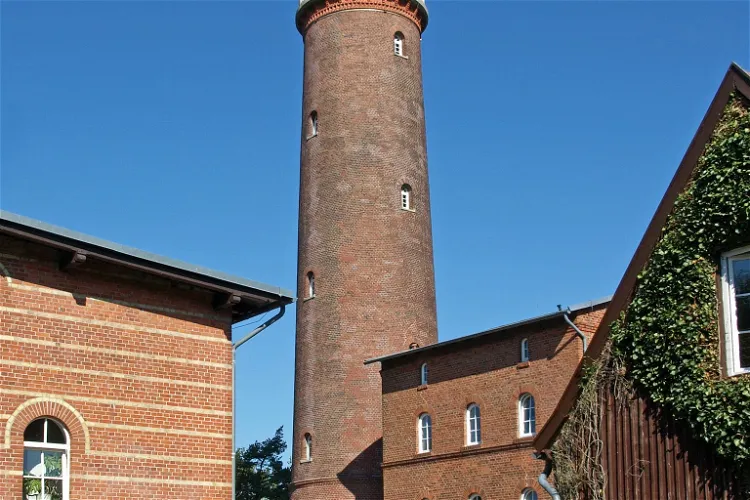
Darßer Ort Natureum
Born a. DarßThe Natureum is nestled in the heart of the Western Pomerania Lagoon Area National Park, approximately five kilometres northwest of Prerow and about eight kilometres north of Born. Its location within a national park adds to the allure of the museum, offering visitors a chance to experience the natural beauty of the region.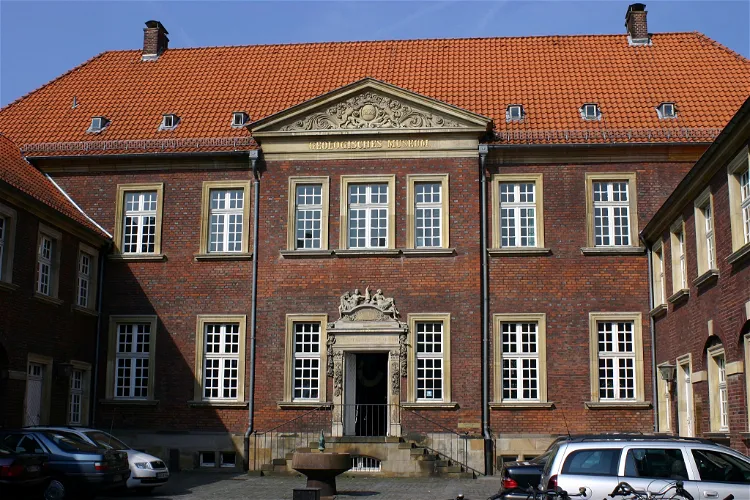
Geomuseum der Universität Münster
MünsterThe Geomuseum of the University of Münster, situated in the Westphalian city of Münster, is a historical institution that has been open since 1824. It is known for its extensive collection of fossils from different geological eras, making it a fascinating destination for those interested in paleontology and earth history.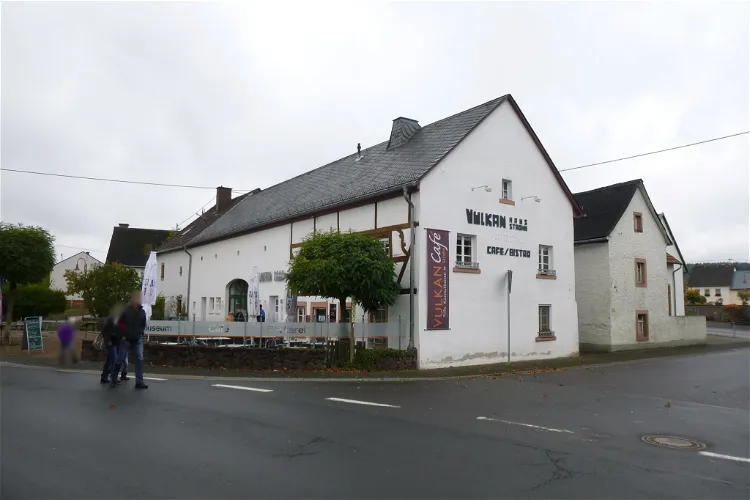
Vulkanhaus Strohn
StrohnThe Vulkanhaus Strohn museum offers a variety of features to enhance the visitor's experience. These include walk-through experience rooms that provide a hands-on understanding of volcanic phenomena, information boards that offer detailed explanations, and graphics that help visualize complex processes. Additionally, the museum showcases large photos of active volcanoes, offering a glimpse into the raw power and beauty of these natural wonders.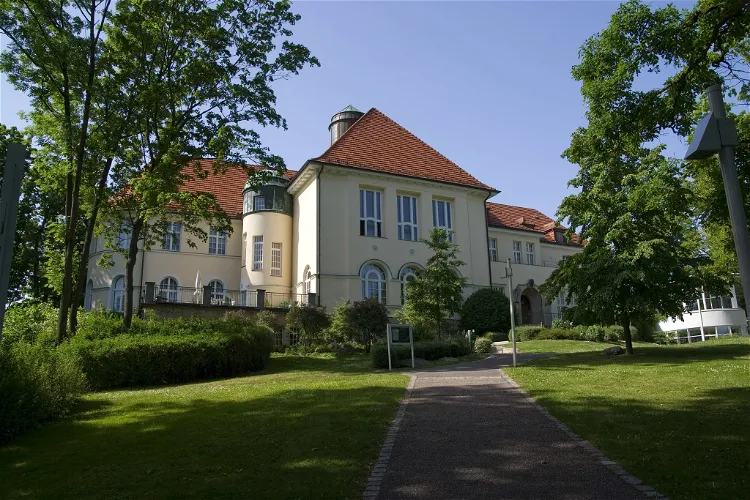
Naturkundemuseum Coburg
CoburgThe Naturkunde-Museum Coburg is a natural history museum located in the city of Coburg. It is situated on the grounds of the Coburg Court Garden, a beautiful location that adds to the overall experience of visiting the museum. The museum's location is not only scenic but also convenient, making it easily accessible for tourists.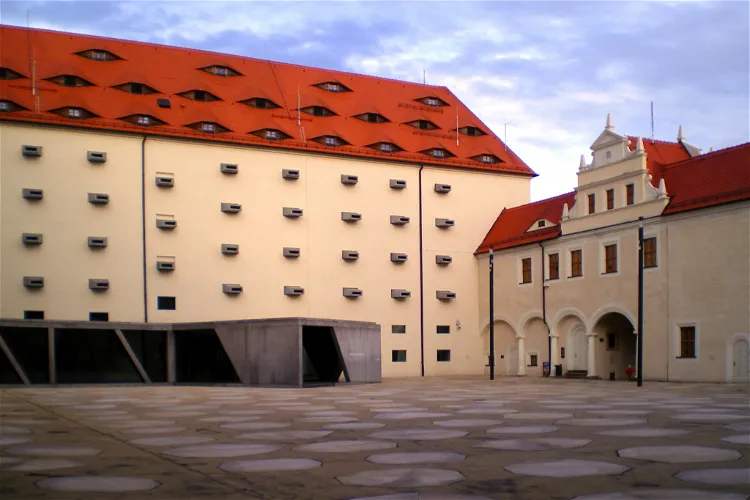
terra mineralia
FreibergTerra Mineralia, located in Freudenstein Castle in Freiberg, is a mineral exhibition that boasts over 3500 exhibits. This makes it one of the largest mineral exhibitions in the world, offering a unique opportunity for visitors to explore a vast collection of minerals, gemstones, and meteorites from around the globe.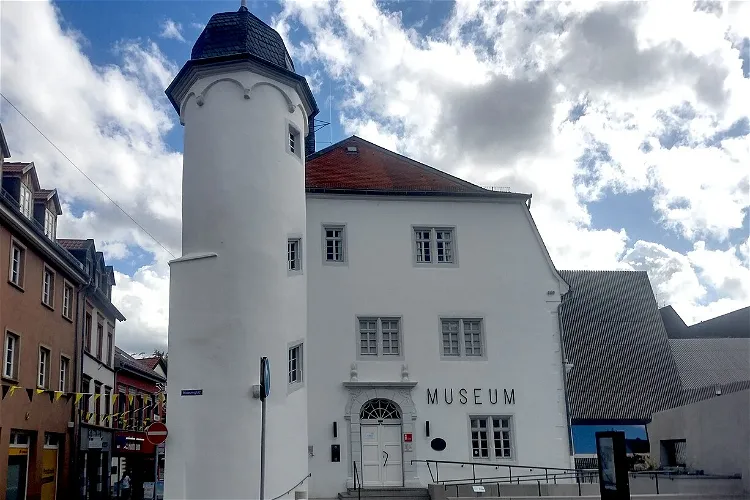
Museum Alzey
AlzeyThe Museum of the City of Alzey, a local history museum, was established in 1906 by the Antiquities Association for Alzey and its surroundings. The museum's mission is to explore the history and natural conditions of Alzey and its surroundings, collect and preserve antiquities and natural objects, and exhibit them.
Schloss Brandenstein
RanisSchloss Brandenstein, also known as Burg Brandenstein, is a historic castle located in the Brandenstein district of the city of Ranis in the Saale-Orla district in Thuringia. The castle is situated on a Zechstein reef, a unique geological feature that adds to the charm and historical significance of the site.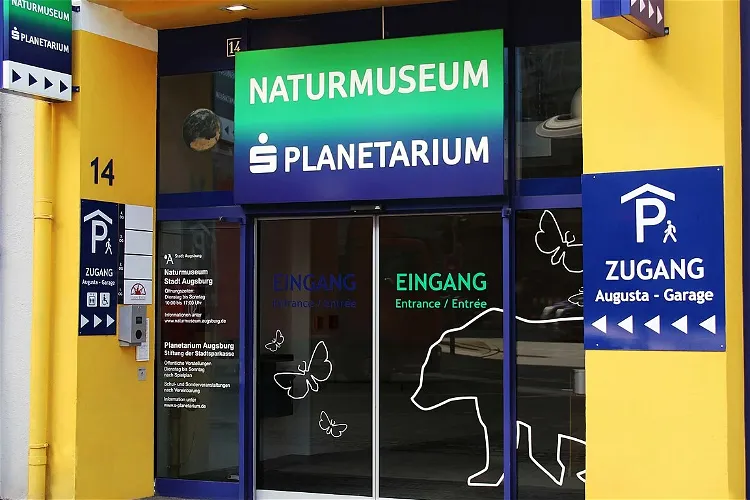
S-Planetarium and Nature Museum
AugsburgThe Naturmuseum Augsburg, located in the "Augusta Arcaden" in the northern old town, is operated by the city of Augsburg. This location is easily accessible and is situated in a historical part of the city, making it a convenient and interesting destination for tourists.
Roemer-und-Pelizaeus-Museum
HildesheimThe Roemer and Pelizaeus Museum, located in Hildesheim, Germany, is a renowned institution dedicated to art and archaeology. The museum is named in honor of Hermann Roemer and Wilhelm Pelizaeus, two significant figures in its establishment and development.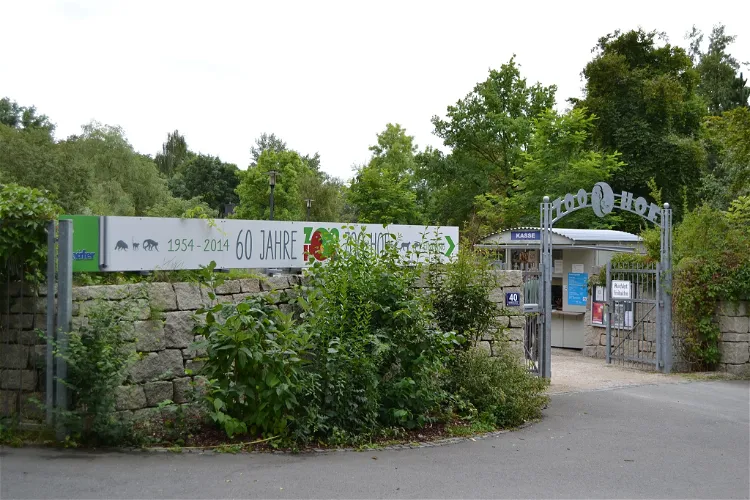
Zoologischer Garten Hof
HofThe Zoologischer Garten Hof, located in the northeastern part of the city, is the only zoo in Oberfranken. It is home to the Geological Garden of the city of Hof, offering a unique combination of zoological and geological attractions. The zoo is situated near the Bürgerpark Theresienstein, Botanical Garden, Luitpoldhain, and cemetery, making it a convenient stop for tourists exploring the area.
State Natural History Museum
BrunswickOpened in 1754 as the Ducal Art and Natural History Cabinet, the museum has a rich history. It houses both scientific collections and exhibition collections. The scientific study collection is significantly larger than the publicly accessible part of the permanent exhibition, indicating the depth and breadth of the museum's resources.
State Museum of Natural History Karlsruhe
KarlsruheThe State Museum of Natural History Karlsruhe, also known as SMNK, is one of the two state-owned natural history museums in Baden-Württemberg. It is a significant repository for state-owned natural history collections, making it a key location for those interested in natural history. The museum is well-known for its comprehensive exhibitions that cover all aspects of natural history.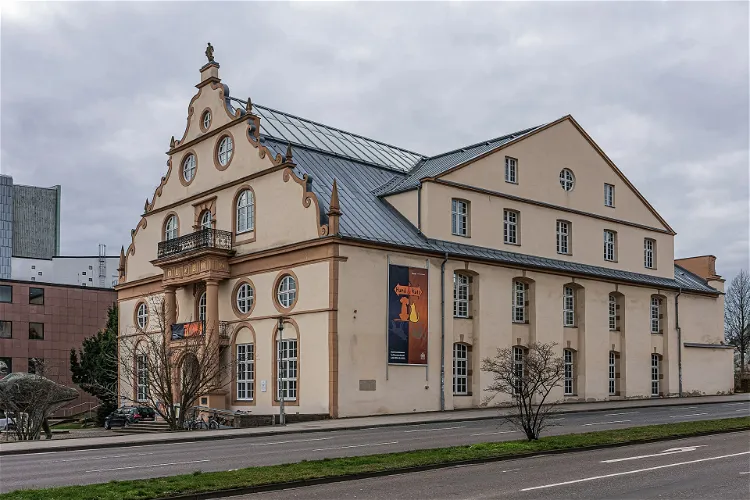
Ottoneum
KasselThe Ottoneum, located in Kassel, Germany, holds the distinction of being the first theater building ever constructed in the country. Today, it serves as a museum of natural history, offering visitors a chance to explore a wide range of exhibits and collections that delve into the natural world.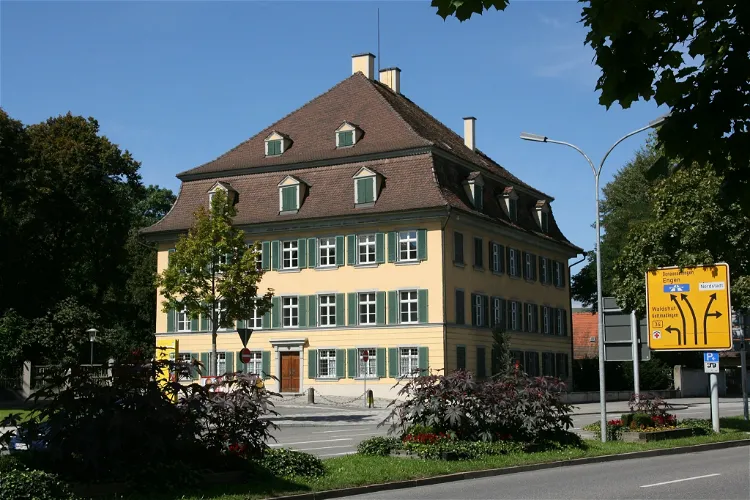
Archäologisches Hegau-Museum
Singen (Hohentwiel)The Oberes Schloss Singen, also known as Schloss Singen or Enzenbergsches Schloss, is a significant historical site located in the city of Singen. It is situated in close proximity to the town hall, in the district of Konstanz in Baden-Württemberg. This castle offers a glimpse into the rich history and architectural grandeur of the region.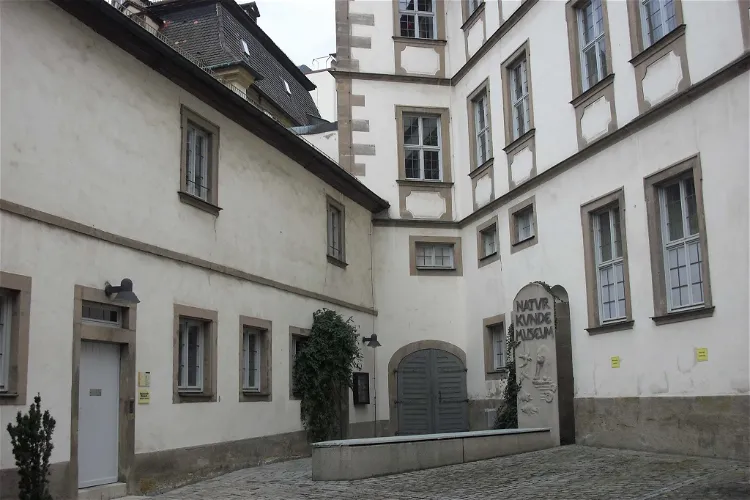
Natural History Museum
BambergThe Natural History Museum in Bamberg, Germany, is a historic institution that dates back to 1791. It was established by Prince-Bishop Franz Ludwig von Erthal and is housed in the historic rooms of the Jesuit College in the island city. This location adds a unique charm to the museum, making it a fascinating destination for tourists interested in natural history and historic architecture.
Lava-Dome
MendigThe Lava-Dome is not just a museum but also a science center where visitors can explore geological and volcanological phenomena themselves. This interactive feature allows visitors to gain a hands-on understanding of the processes that lead to volcanic eruptions and the workings of the Earth's interior. It's an engaging way to learn about the science behind volcanoes.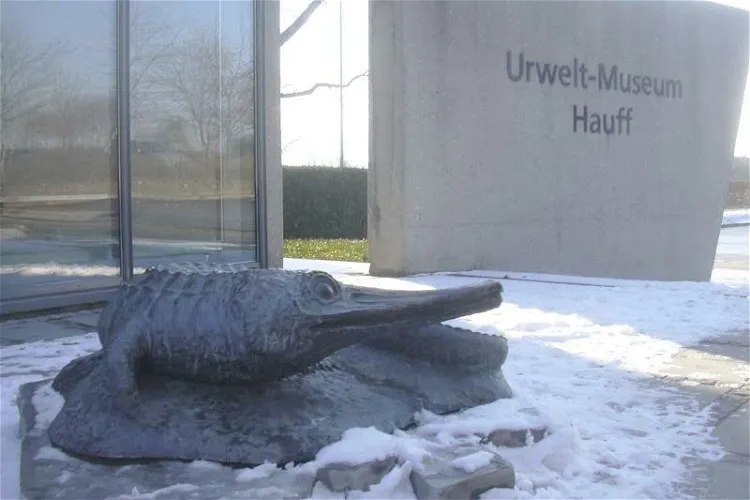
Urweltmuseum Hauff
HolzmadenThe Urwelt-Museum Hauff in Holzmaden is a unique destination for those interested in paleontology and geology. The museum showcases a vast collection of fossils from the Posidonia Shale Formation of the Swabian Alb. These fossils provide a glimpse into the prehistoric era and offer valuable insights into the evolution of life on Earth.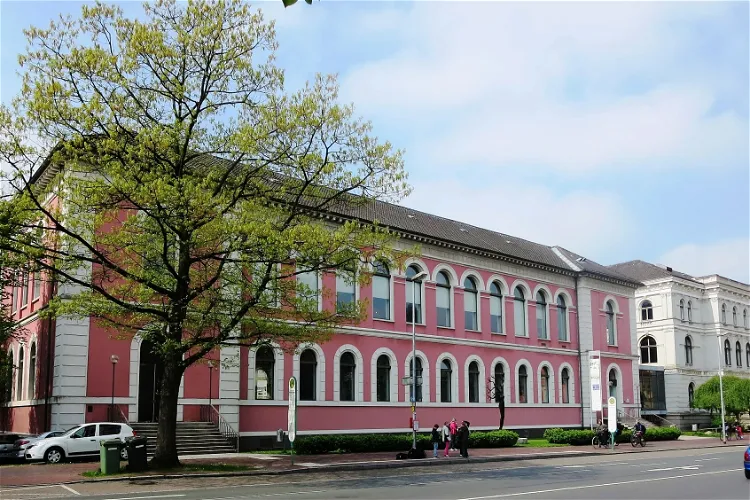
State Museum for Nature and Man
OldenburgThe State Museum for Nature and Man in Oldenburg is a regionally significant collection museum. It houses departments of Archaeology, Natural History, and Ethnology, offering a diverse range of exhibits for visitors to explore. The museum's interdisciplinary permanent exhibition covers the themes of Moor, Geest, and Coast & Marsh, providing a comprehensive insight into the natural and cultural history of the region.
Phyletic Museum Jena
JenaThe Phyletic Museum in Jena, founded by Ernst Haeckel, is a unique institution dedicated to the study of phylogenesis. This museum offers a deep dive into the evolutionary history of multicellular animals, including humans. It's a place where science and art meet, aiming to convey the development of life through its exhibits.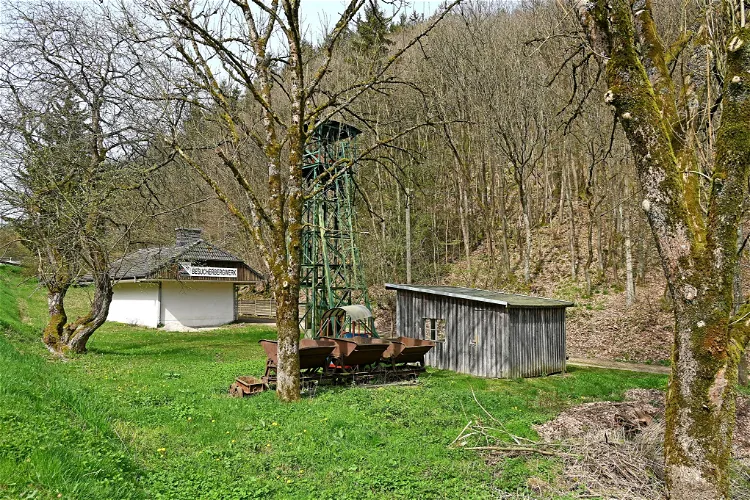
Grube Wohlfahrt
ZehnstelleGrube Wohlfahrt is a former lead ore mine situated in Rescheid, a part of the Hellenthal municipality, in the Euskirchen district of North Rhine-Westphalia. This historical site offers a unique insight into the mining industry of the past, making it an interesting destination for those interested in history and geology.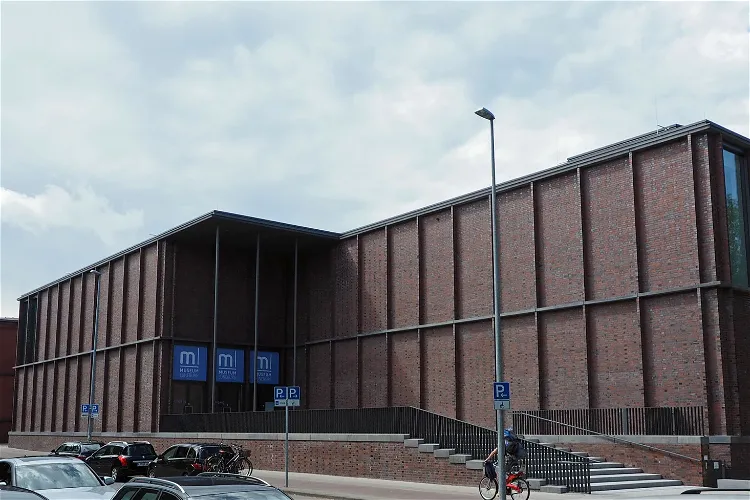
Museum Lüneburg
LüneburgMuseum Lüneburg is dedicated to the exploration of the cultural landscape of the Lower Saxon Hanseatic city of Lüneburg and its surroundings. It provides a comprehensive insight into the region's history, culture, and natural environment, making it a valuable destination for those interested in understanding the area's past and present.
Westphalian Museum of Natural History
MünsterThe LWL-Museum für Naturkunde, also known as the Westphalian Museum of Natural History, is a state museum located in Münster. It is under the sponsorship of the Landscape Association of Westphalia-Lippe (LWL). The museum is a significant cultural and educational institution in the region, offering a wide range of exhibits and programs related to natural history.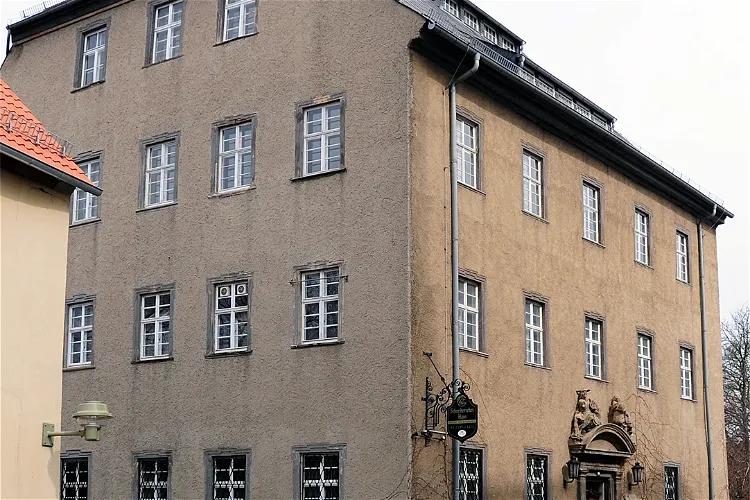
Museum für Naturkunde
GeraThe Museum für Naturkunde in Gera is one of the four city museums. It is situated in the Schreibersches Haus on the Nicolaiberg in the eastern part of the old town, adjacent to the Salvatorkirche. This location is steeped in history and offers a unique setting for the museum.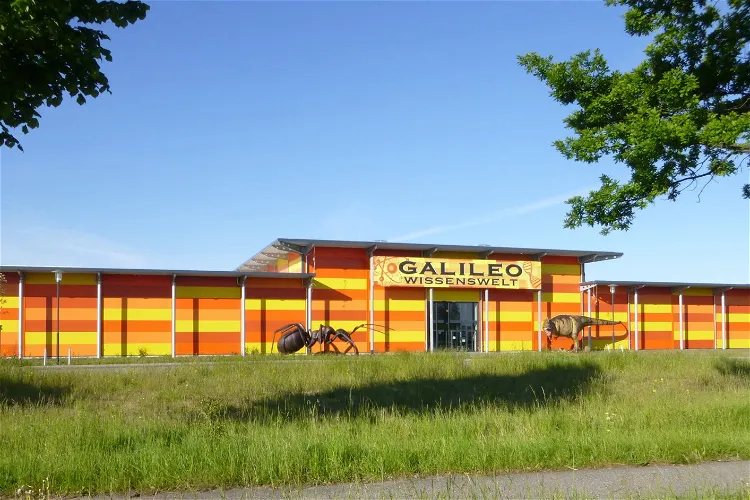
Galileo Wissenswelt
FehmarnThe Galileo Wissenswelt is a museum situated on the Baltic Sea island of Fehmarn in Ostholstein. This museum is a unique blend of a traditional collection museum and a children's and youth museum, emphasizing the concept of 'understanding through grasping'. It offers a comprehensive exploration of natural history and technology across its 3,200 square meters of space in the main building in Burg on Fehmarn.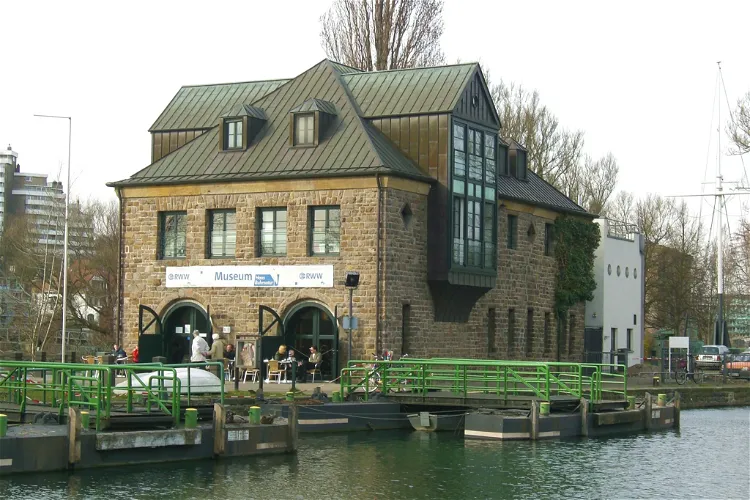
Haus Ruhrnatur (Naturkundemuseum)
Mülheim an der RuhrThe Haus Ruhrnatur museum focuses on the theme of 'Water'. It showcases the Ruhr ecosystem through various exhibits including fish from the Ruhr, small animals under the microscope, and sensory experiences such as sounds and smells. This provides a unique and interactive way for visitors to learn about the local ecosystem.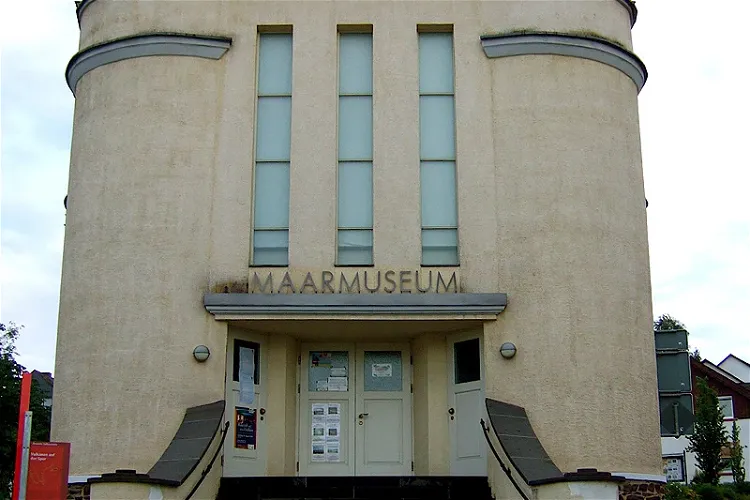
Maar Museum
ManderscheidThe Maar Museum in Manderscheid, located in Rhineland-Palatinate, is dedicated to showcasing the vast natural diversity and international importance of the Eifel Maars. These geological features hold significant value for both the scientific community and the region itself. The museum's exhibits aim to provide visitors with a comprehensive understanding of these unique natural formations.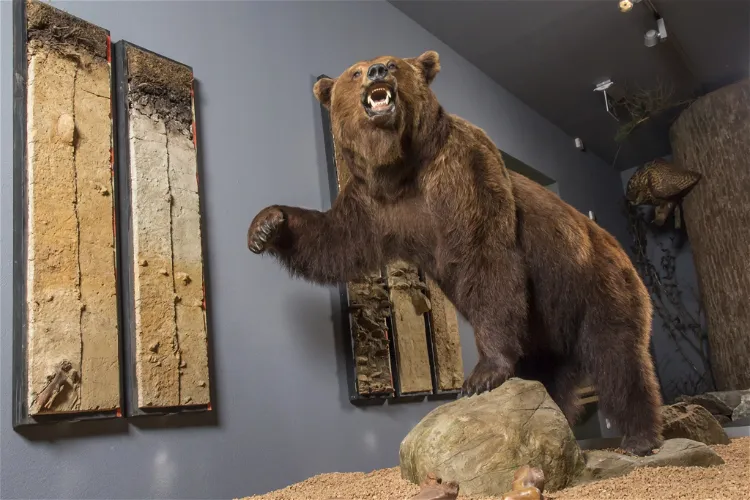
Zwiesel Forest Museum
ZwieselThe Zwiesel Forest Museum, located at Kirchplatz 3 in Zwiesel, is a cultural and natural history museum. It is situated in the Lower Bavarian district of Regen, offering visitors a unique insight into the region's rich cultural and natural history.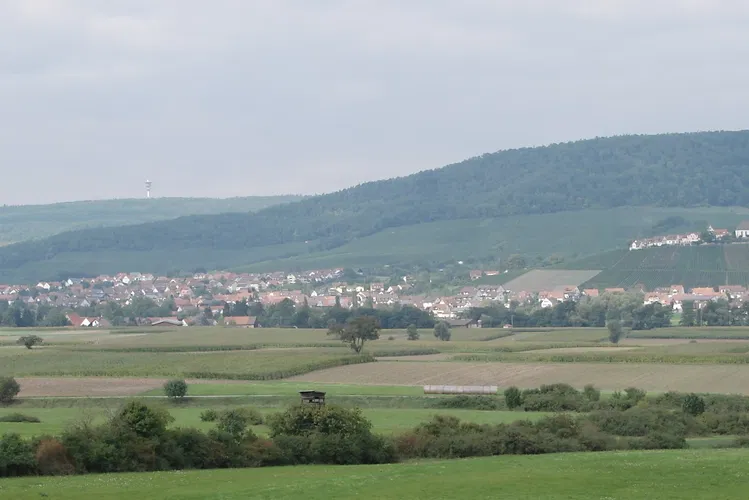
Stromberg-Heuchelberg Nature Park
LeonbronnThe Naturpark Stromberg-Heuchelberg is characterized by two prominent ridges, Stromberg and Heuchelberg. Geologically, it is part of the Keuperbergland. The southern slopes of the Stromberg are particularly suitable for viticulture, making it a potential point of interest for wine enthusiasts visiting the park.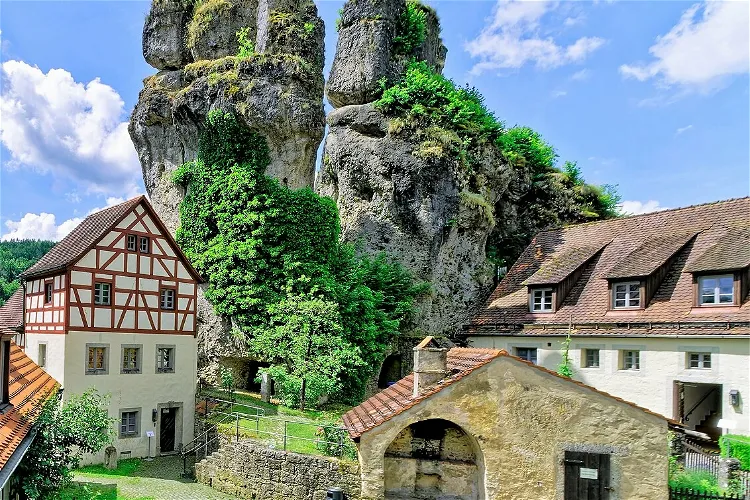
Fränkische-Schweiz-Museum
PottensteinThe Fränkische Schweiz-Museum (FSMT) in Tüchersfeld is a regional museum that offers a comprehensive overview of the Franconian Switzerland. The museum is spread over 43 rooms and covers approximately 800 m² of exhibition space. It provides a deep insight into the region's history, culture, and natural beauty.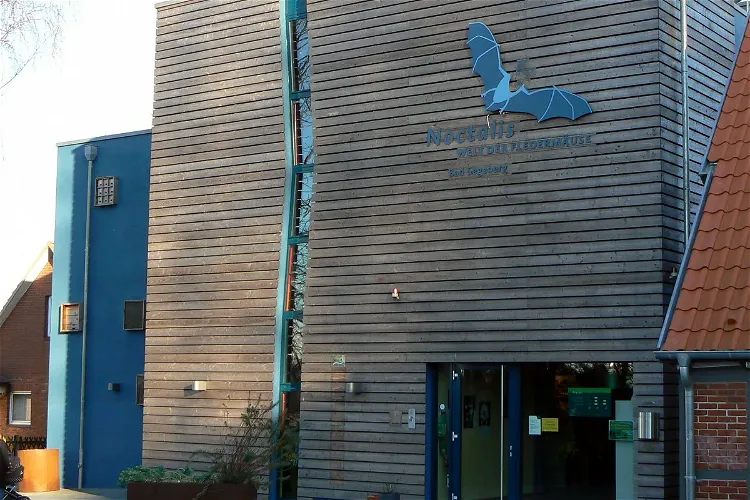
Noctalis – Welt der Fledermäuse
Bad SegebergThe Noctalis is strategically located near the natural monument Kalkberghöhle in Bad Segeberg, which is one of the largest winter quarters for bats in Germany, housing over 30,000 bats. This proximity allows visitors to the Noctalis to also explore this significant natural habitat, enhancing their understanding and appreciation of bats and their environments.
Muschelkalkmuseum Hagdorn
IngelfingenThe Muschelkalkmuseum Hagdorn is a geological and paleontological museum situated in Ingelfingen, Baden-Württemberg, Germany. It offers a unique insight into the Triassic period in Central Europe, a time when subtropical conditions prevailed. The museum is home to fossil remains of ancient marine life such as sea lilies and armored amphibians, primarily from Germany, France, and Poland.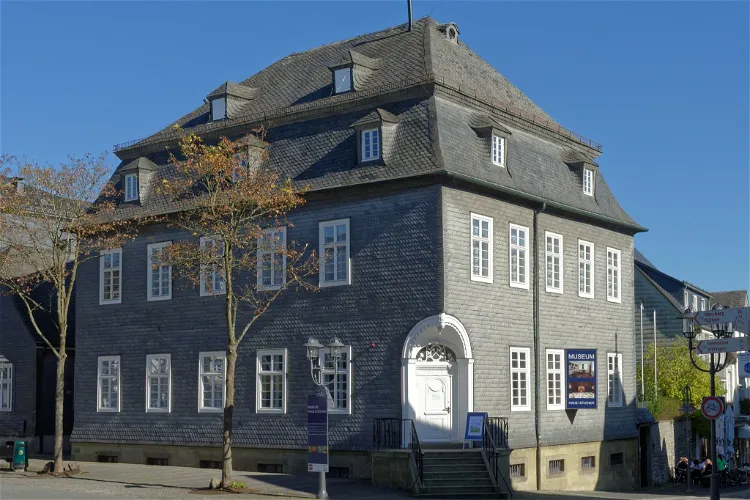
Museum Haus Hövener
BrilonThe Museum Haus Hövener is a local history museum situated in the historic and protected Haus Hövener in Brilon. This museum offers a deep dive into the history of the region, making it a fascinating destination for history enthusiasts.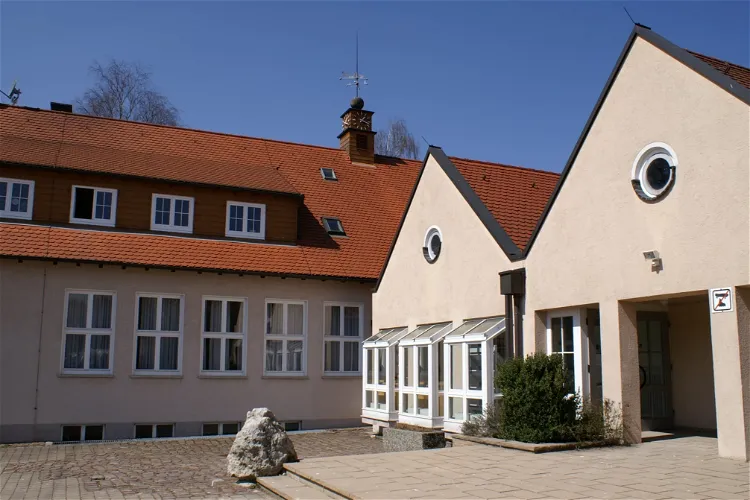
Meteorkrater-Museum
Sontheim im StubentalThe Meteorkratermuseum, situated in the district of Sontheim in Steinheim am Albuch, is a natural history museum that focuses on the Steinheimer Becken meteorite crater. This unique museum is one of the few worldwide that is dedicated to meteorite craters, making it a special destination for those interested in natural history and space phenomena.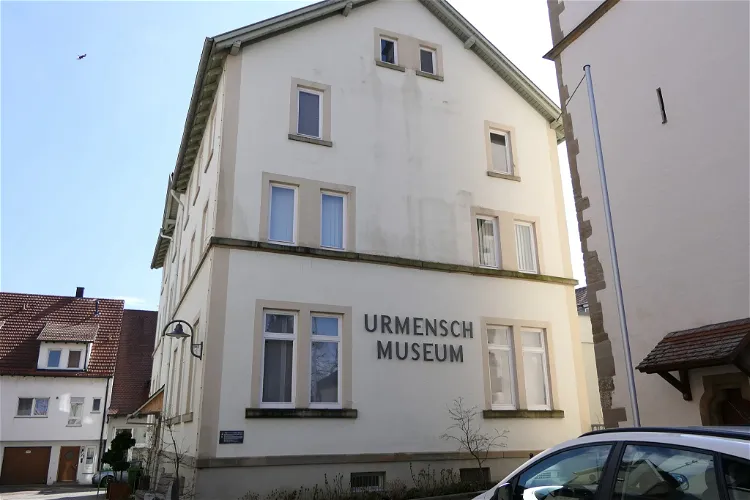
Urmensch-Museum
Steinheim an der MurrThe main exhibit of the Urmensch-Museum is a replica of the Homo steinheimensis skull. This skull was discovered in 1933 in Steinheim and is estimated to be about 400,000 years old. It provides a fascinating insight into the life of early humans.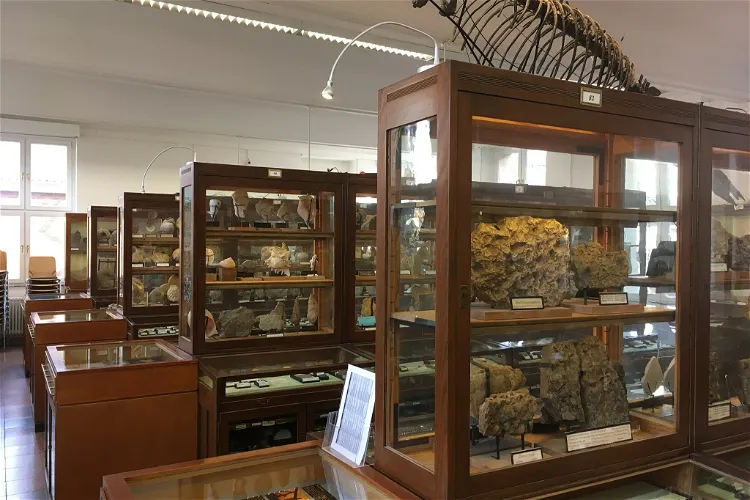
Goldfuß-Museum
BonnThe Goldfuß Museum is conveniently located on the first floor of the Steinmann Institute at Nußallee 8 in Bonn. This central location makes it easily accessible for tourists and locals alike.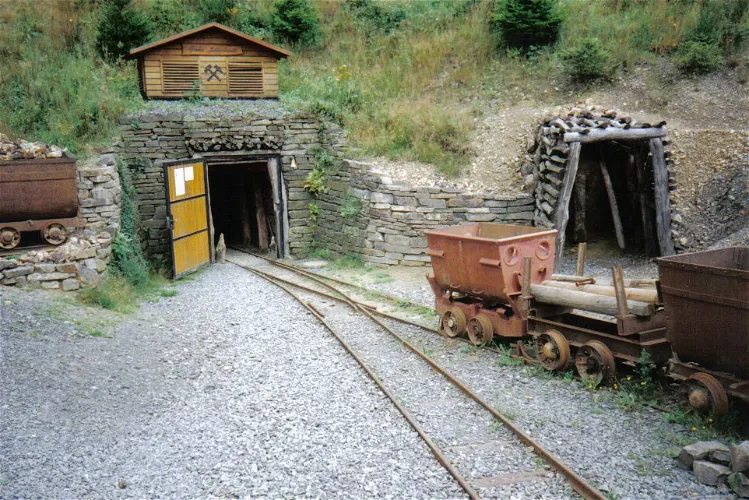
Besucherbergwerk Grube-Silberhardt
WindeckThe Grube Silberhardt, located in Öttershagen, a district of Windeck, is a historical ore mine that was reopened as a visitor mine on September 13, 2003. This site offers a unique opportunity for visitors to explore the history and workings of a former ore mine.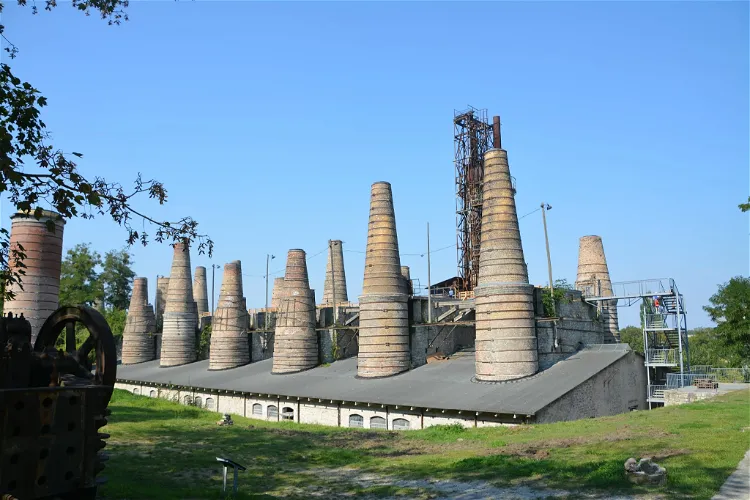
Museumspark Rüdersdorf
RüdersdorfMuseumspark Rüdersdorf, located near Berlin, is a vast open-air industrial museum. It provides a comprehensive insight into the extraction and processing of limestone from the Rüdersdorf limestone mountains. This museum is a testament to the industrial history of Rüdersdorf, making it a fascinating destination for those interested in industrial archaeology and geology.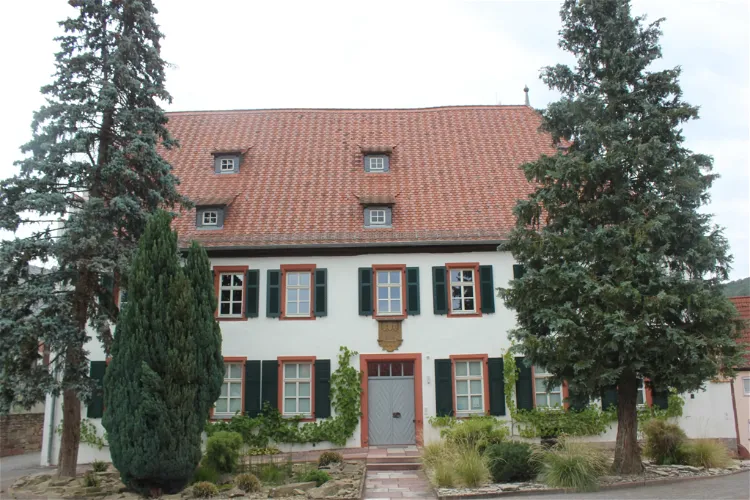
Museum Terra Triassica Euerdorf
EuerdorfThe Museum Terra Triassica in Euerdorf, Unterfranken, is a unique institution that offers a deep dive into the geological history of the Germanic Triassic of the Central European Basin. Visitors can explore the fascinating world of the Triassic period, which spanned from 252.5 to 201.5 million years ago, and learn about the various geological transformations that occurred during this time.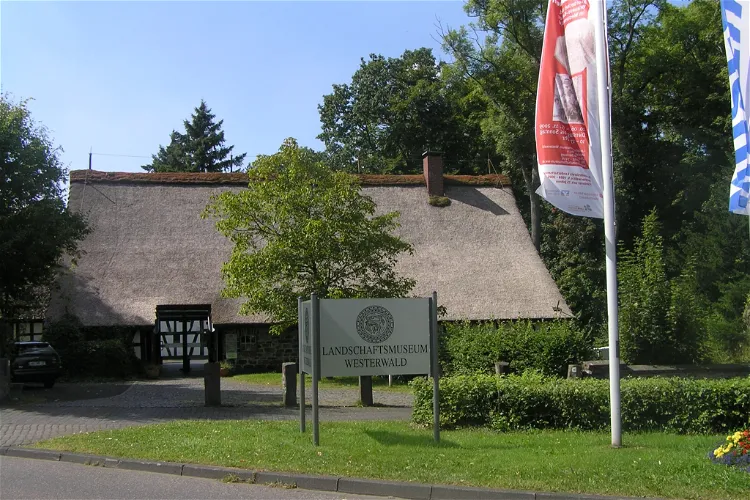
Landschaftsmuseum Westerwald
HachenburgThe Landschaftsmuseum Westerwald is a quaint open-air museum situated in the scenic town of Hachenburg in the Westerwaldkreis region. This museum offers a unique opportunity to explore the rich history and culture of the Westerwald area in an immersive outdoor setting.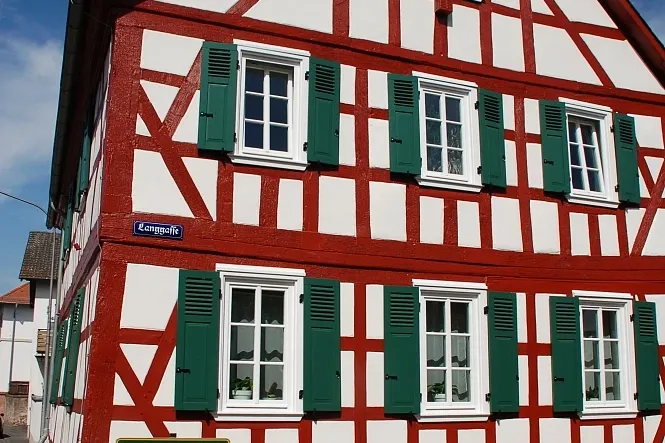
Fossilien- und Heimatmuseum Messel
MesselThe museum offers a comprehensive view of both the local history and economic development of the local industry. Additionally, it features a large exhibition on the earth history of the Middle Eocene, showcasing original finds from the Messel Pit. This combination of local history and paleontological exhibits makes the museum a fascinating destination for tourists interested in both history and natural sciences.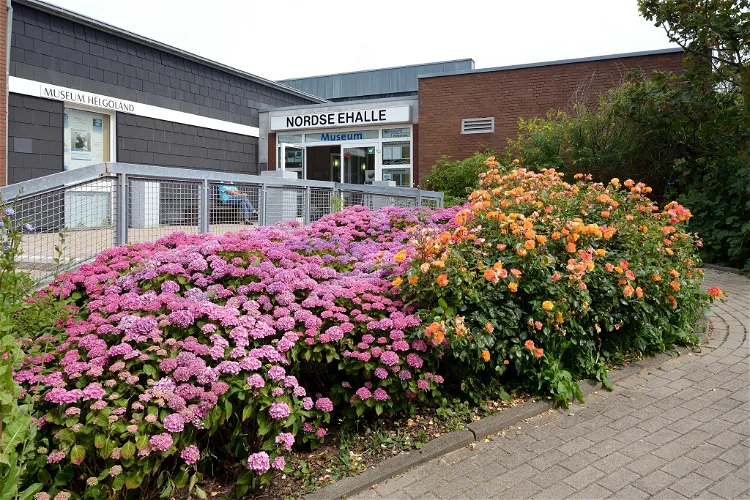
Museum Helgoland
HeligolandMuseum Helgoland is a place where visitors can delve into the natural history and local history of the island of Heligoland. The museum offers a comprehensive overview of the island's past, from its geological formation to its cultural development. It's an excellent place for those interested in learning more about the unique characteristics of this North Sea island.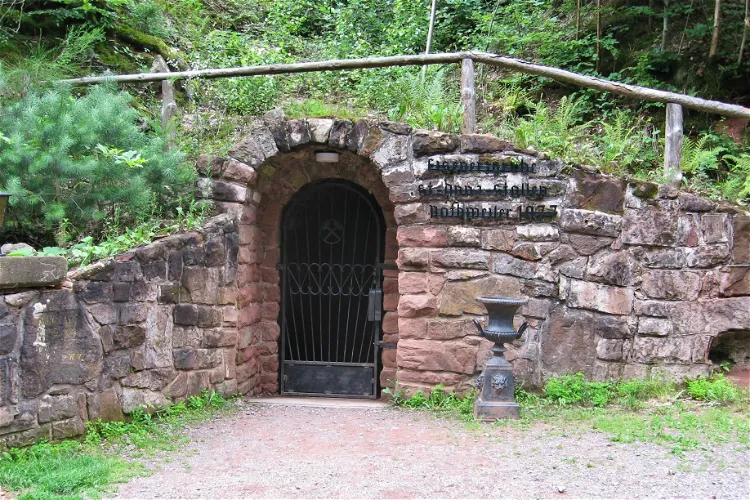
Besucherbergwerk St. Anna Stollen
NothweilerThe St. Anna Stollen is a show mine located in Nothweiler, Rheinland-Pfalz. This former iron ore mine is now a protected cultural monument. It offers a unique opportunity to explore the history of mining in the region and to learn about the geological processes that led to the formation of the iron ore deposits.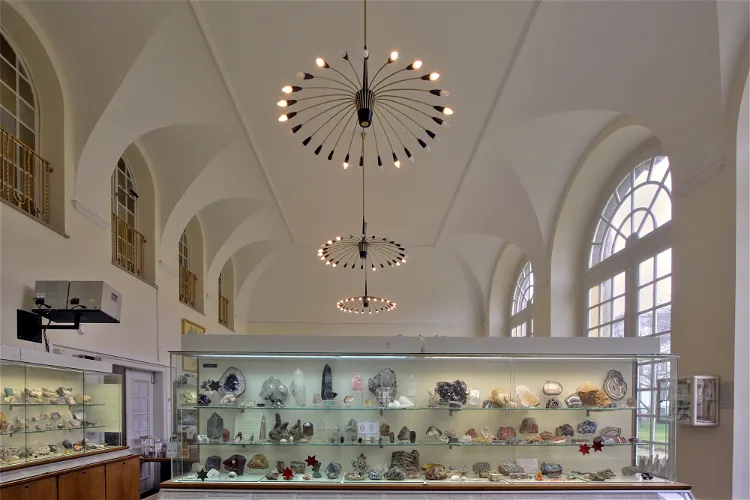
Mineralogisches Museum der Universität Bonn
BonnThe Mineralogical Museum of the University of Bonn is a unique museum dedicated to minerals and is situated in the historic Poppelsdorfer Castle. This location not only provides a rich historical backdrop for the museum but also adds to the overall experience of the visitors.
Grube Fortuna
SolmsToday, the Grube Fortuna serves as a visitor mine and a geo-information center, located within the Geopark Westerwald-Lahn-Taunus. This offers tourists a unique opportunity to explore the mine and learn about the geological features of the region.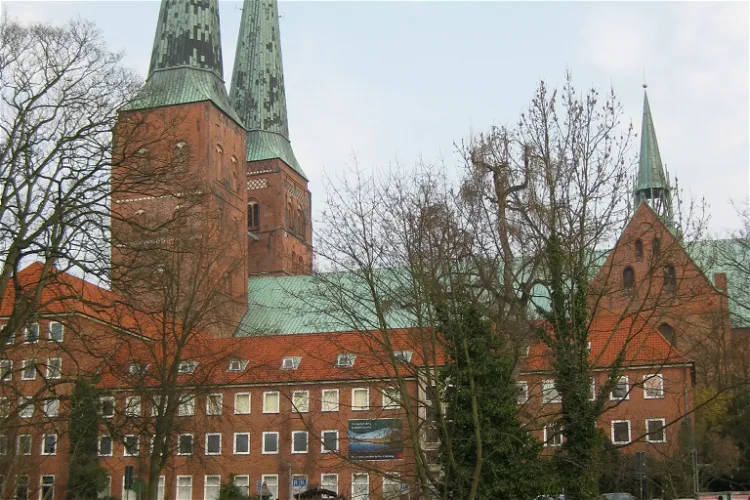
Museum of Nature and Environment
LübeckThe Museum of Nature and Environment in Lübeck is a natural history museum that was first opened in 1893. It is located in the immediate vicinity of the Lübeck Cathedral and is architecturally connected to the cathedral through a cloister. The original museum building was destroyed in a bombing raid on Lübeck in March 1942 and was rebuilt from 1951 by its director Gotthilft von Studnitz.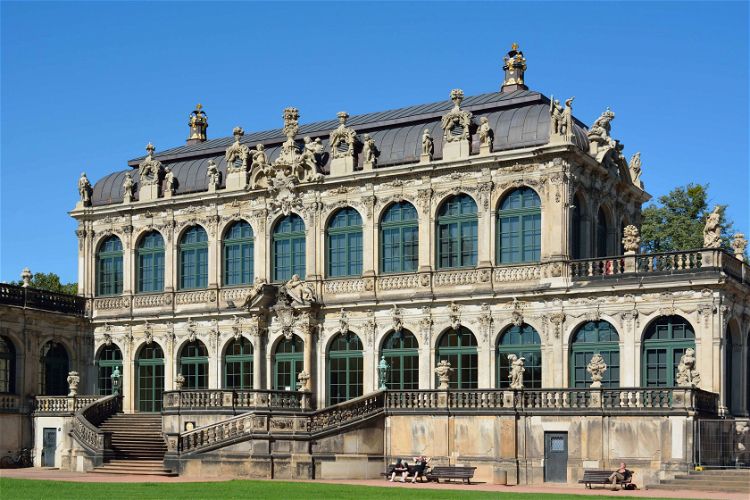
Royal Cabinet of Mathematical and Physical Instruments
DresdenRoyal Cabinet of Mathematical and Physical Instruments (Mathematisch-Physikalischer Salon) is a museum in Dresden that belongs to the Staatliche Kunstsammlungen Dresden. It is a museum of historic clocks and scientific instruments. The museum holds and exhibits a collection that includes globes, ast
Museum für Naturkunde und Vorgeschichte
DessauThe Museum für Naturkunde und Vorgeschichte, located in Dessau-Roßlau, is a city museum that was established in 1927. It is home to a wide range of collections, including those related to archaeology, paleontology, geology, botany, and zoology. These collections provide a comprehensive overview of the natural history and prehistory of the region.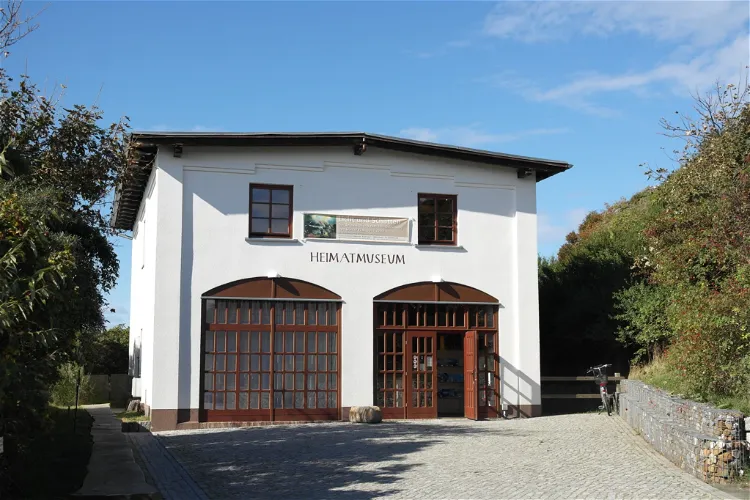
Heimatmuseum Hiddensee
Insel HiddenseeThe Heimatmuseum Hiddensee is one of the two museums located in the Kloster district on the island of Hiddensee. It shares this distinction with the Gerhart-Hauptmann-Museum. Both museums offer unique insights into the history and culture of the island, making them significant points of interest for visitors.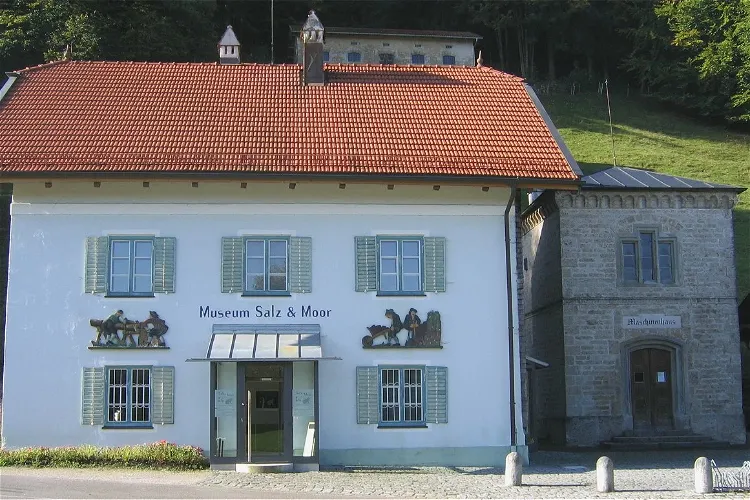
Museum Salz & Moor
RottauThe Museum Salz & Moor is a unique blend of technology and natural history, situated in the scenic locale of Grassau in Upper Bavaria. It offers a fascinating insight into the region's rich history and natural wonders, making it an interesting destination for tourists interested in both technology and nature.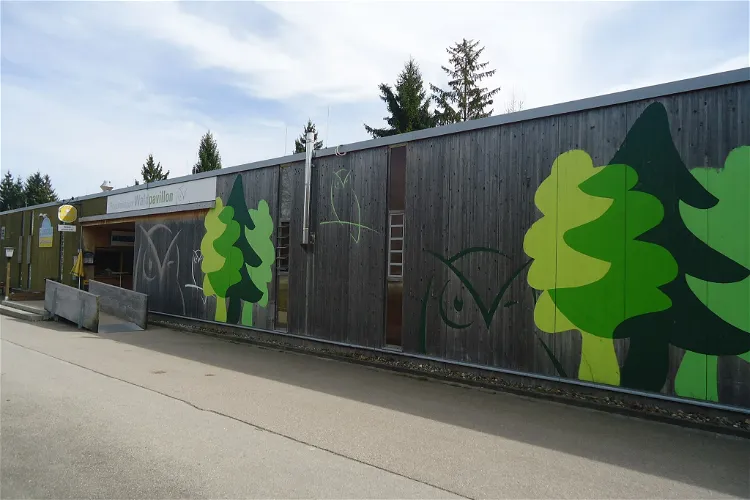
Forstmuseum Waldpavillon
AugsburgThe Forstmuseum Waldpavillon is a museum dedicated to the functions and tasks of the Augsburg city forest. It is operated by the city forestry administration of Augsburg and is situated in the Hochfeld district. The museum is easily accessible and is located near the parking lot of the Bezirkssportanlage Süd on Ilsungstraße, not far from the Siebentischanlagen and the Zoological Garden.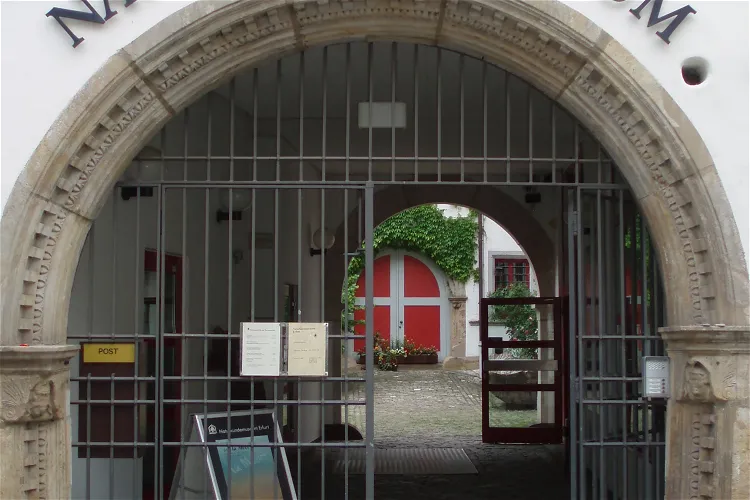
Natural History Museum of Erfurt
ErfurtThe Natural History Museum of Erfurt is conveniently located in the city center of Erfurt. It is housed in a building that was once a woad warehouse. This central location makes it easily accessible for tourists visiting the city. The building itself, a former warehouse, adds a unique historical charm to the museum experience.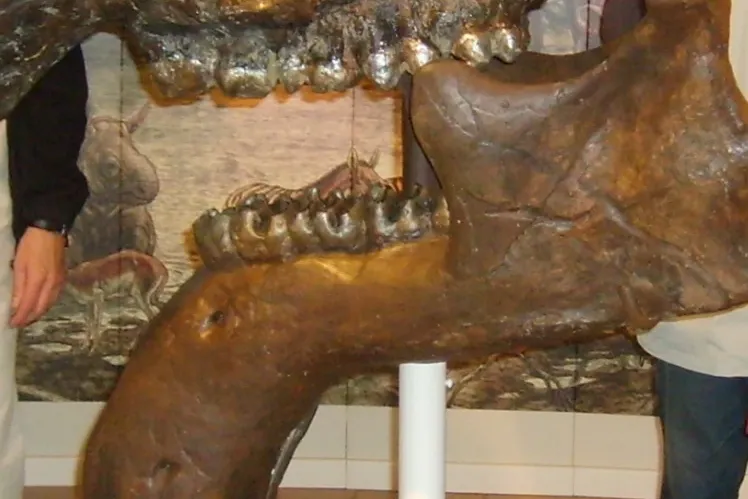
Dinotherium Museum
EppelsheimThe Dinotherium Museum, located in Eppelsheim, Rheinhessen, is a small natural history museum. It displays original finds and replicas of fossil mammals that were discovered in the deposits of the ancient Rhine, known as the Eppelsheim Formation. These deposits date back approximately 15 to 10 million years.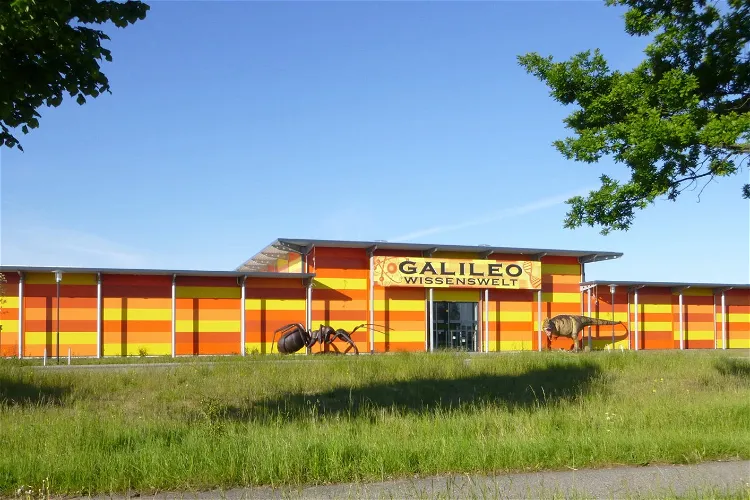
Galileo-Wissenswelt
BinzThe Galileo Wissenswelt is a unique museum situated on the Baltic Sea island of Fehmarn in Ostholstein. Since 2018, the museum has expanded its reach with an additional building on the Baltic Sea island of Rügen. This expansion allows visitors to explore more exhibits and gain a broader understanding of the museum's themes.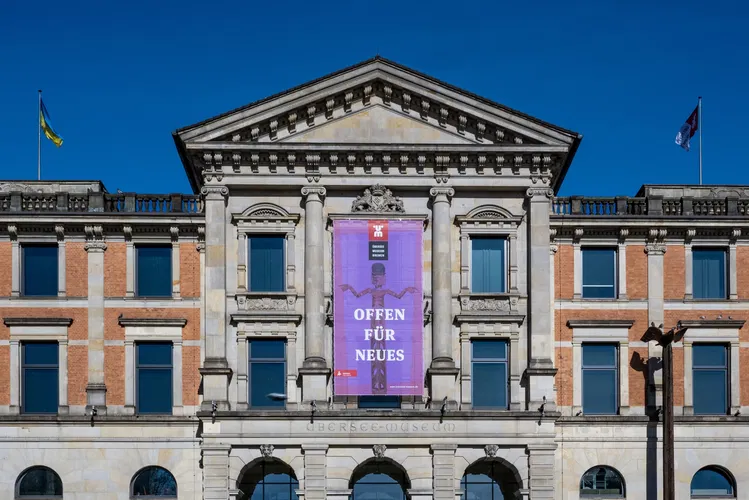
Übersee-Museum
BremenThe diversity of the world under one roof: the Übersee-Museum presents the cultural and natural regions of our planet on over 10,000 square meters. The visit takes you from Asia with its legendary Silk Road to the African savannah and the Americas. The exhibition “Experience what moves the world” de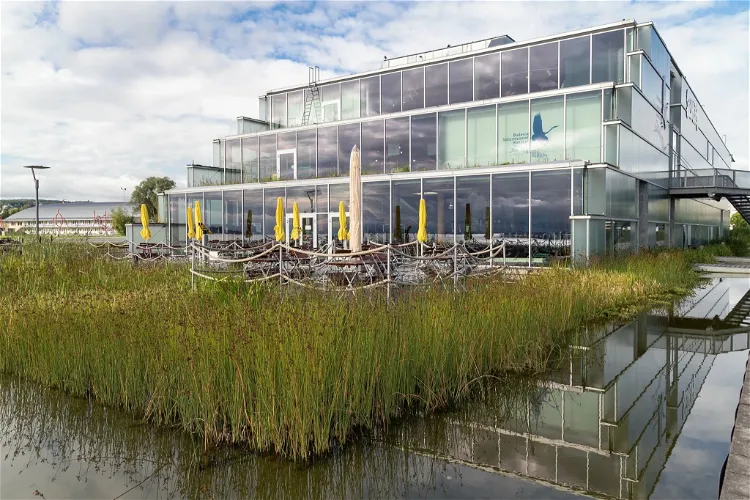
Bodensee-Naturmuseum
ConstanceThe Bodensee-Naturmuseum is the natural history museum of the city of Constance. It is situated in the building of the Sea-Life-Center, which is conveniently located near the Swiss border. This makes it an accessible destination for tourists visiting the region.
Aquarium Wilhelmshaven
WilhelmshavenAquarium Wilhelmshaven is a public aquarium and museum located in the city of Wilhelmshaven, Lower Saxony. It is situated along the South Beach Promenade on the Jade Bight, offering visitors a unique combination of natural beauty and educational exhibits.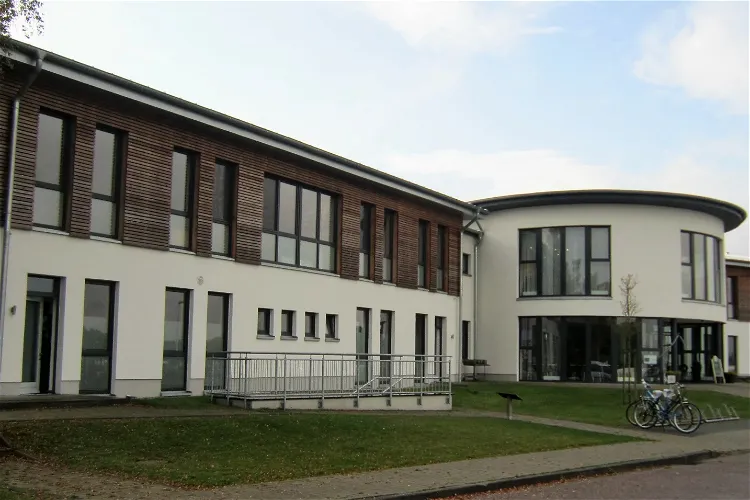
MOORWELTEN
StröhenThe European Specialist Centre for Moor and Climate (EFMK) is a multifaceted entity that operates as a society, oversees various projects, and runs an exhibition and administration centre. This centre, located in Ströhen in the Diepholz Moorland in Lower Saxony, is more commonly known to the public as Moorwelten. It serves as a hub for information and activities related to moor and climate protection.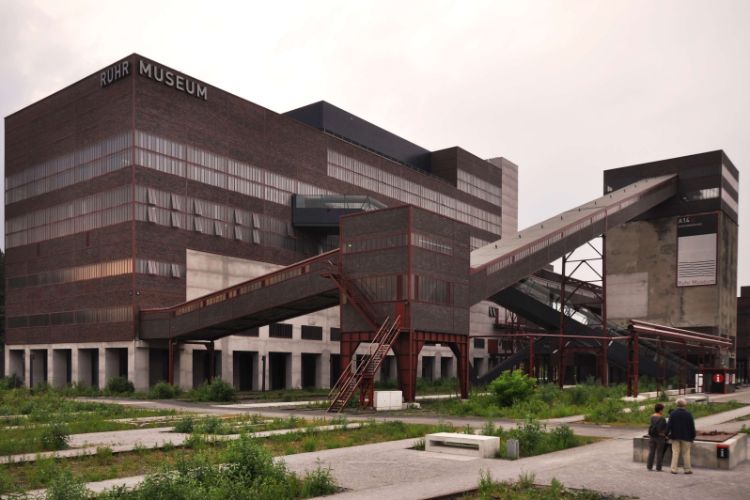
Ruhr Museum Essen
EssenThe Ruhr Museum is a natural history and cultural history museum for the Ruhrgebiet (the Ruhr area) in Essen. In the permanent exhibition in the museum, it documents nature, culture and history of the Ruhr area and thus the development of the largest agglomeration in Europe.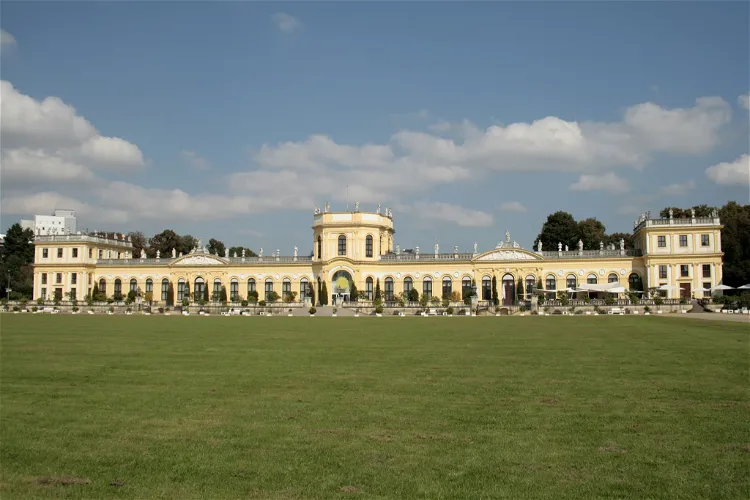
Astronomisch-Physikalisches Kabinett
KasselThe Astronomisch-Physikalisches Kabinett is a museum located in Kassel, Germany. Its collection is rooted in the promotion of natural sciences by the Hessian landgraves and their passion for curiosities. This museum is a testament to the historical interest in science and the pursuit of knowledge in the region.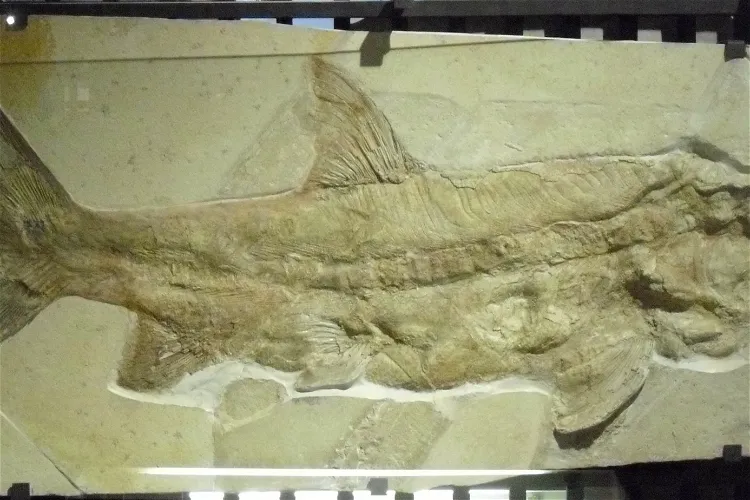
Jura Museum
EichstättThe Jura Museum Eichstätt is a natural history museum that is part of the network of the State Natural Science Collections of Bavaria. It is located on the Willibaldsburg, a hilltop site above the Altmühltal. This location offers visitors not only a chance to explore the museum's collections but also to enjoy the beautiful surrounding landscape.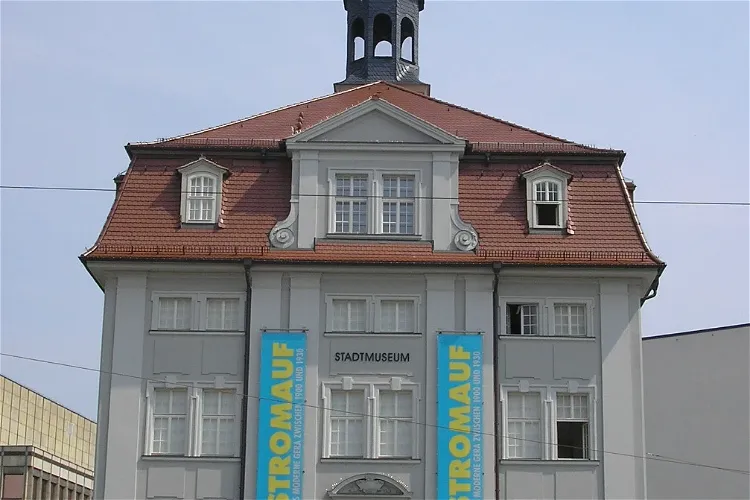
Stadtmuseum
GeraThe Stadtmuseum in Gera is one of four city museums, with a primary focus on the history of the city. It provides a comprehensive overview of the city's history, from its early origins to its development as a residence city of the Reuss. The museum's collections have been gradually built up and are divided into natural history and cultural history sections.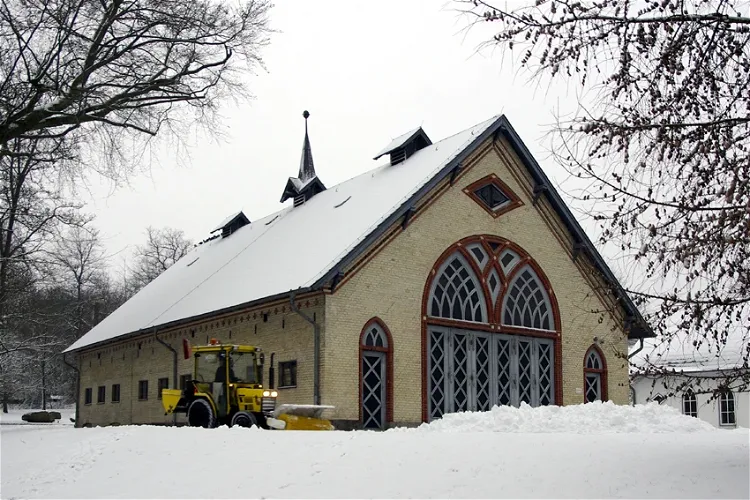
Eiszeithaus
FlensburgThe Ice Age House, located in the Coach House in Christiansen Park, serves as the geological showcase of the Natural Science Museum in Flensburg. This museum is a testament to the rich geological and paleontological history of the region, offering visitors a unique opportunity to explore the earth's history through its extensive collections.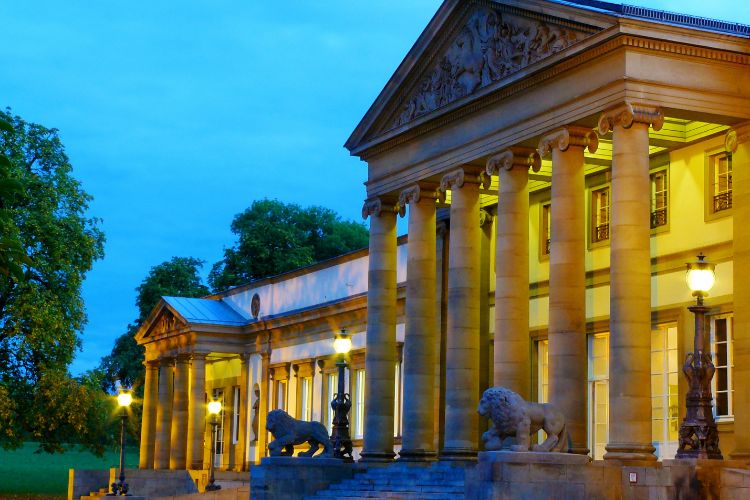
Stuttgart State Museum of Natural History
StuttgartThe State Museum of Natural History Stuttgart (SMNS) consists of two museums located in the Stuttgart Rosenstein Park, which combine exhibition and research activities. While the Museum Schloss Rosenstein is dedicated to biology, the focus of the Museum am Löwentor lies on paleontology and geology.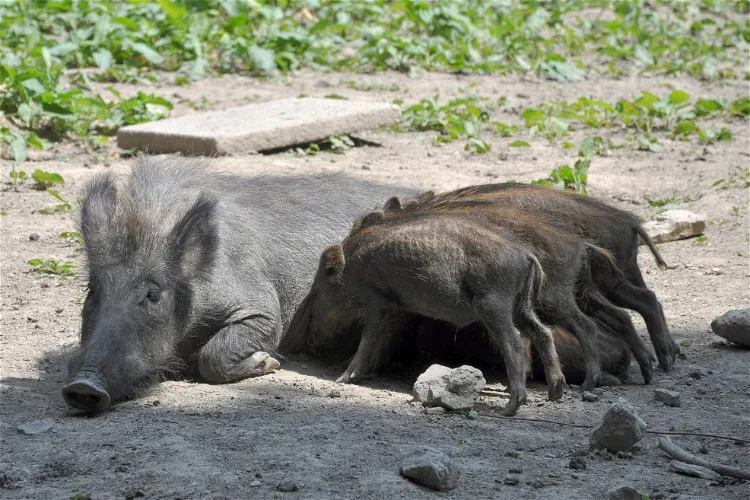
Waldau Wildgehege
BonnThe Waldau is home to various wildlife species. Among them are the tawny owl, Bechstein's bat, fallow deer, badger, common toads, and grass snakes. These species contribute to the rich biodiversity of the area, making it a fascinating destination for nature enthusiasts.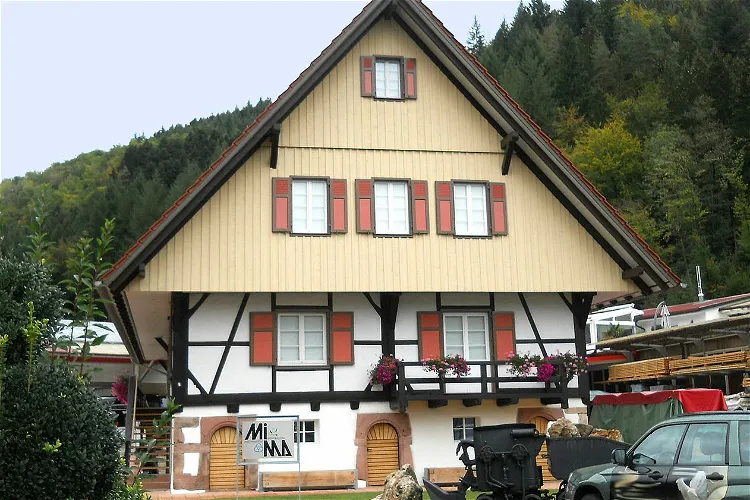
MiMa – Museum for Minerals and Mathematics
OberwolfachMiMa, located in Oberwolfach in the central Black Forest of southern Germany, is a unique museum that combines the fields of mineralogy and mathematics. This distinctive blend reflects the region's rich mineral resources and the knowledge of the Mathematics Research Institute, Oberwolfach.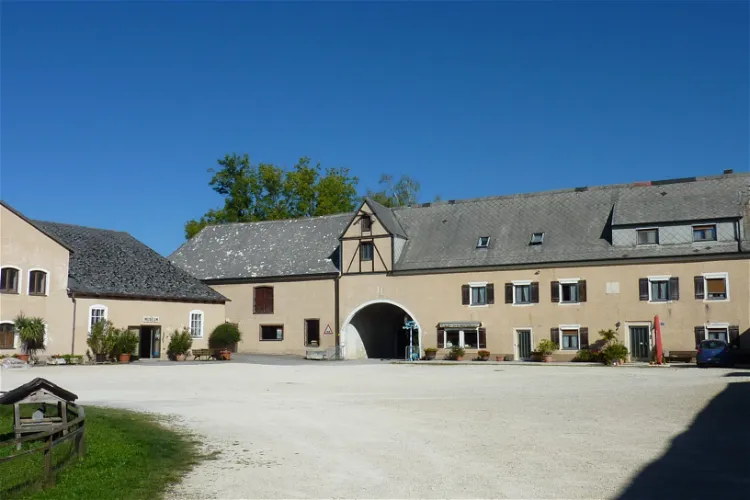
Museum Bergér
SchernfeldMuseum Bergér is a unique destination for those interested in paleontology and geology. It is situated in Harthof, a part of the Upper Bavarian municipality of Schernfeld in the Eichstätt district. This location offers a serene and picturesque environment that enhances the overall experience of the museum visit.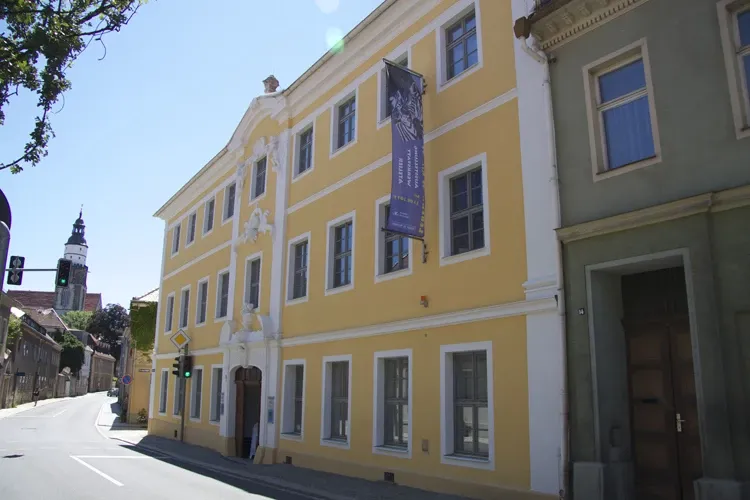
Elementarium
KamenzThe Museum der Westlausitz Kamenz is a regional landscape museum located in Kamenz. It offers a comprehensive exploration of the landscape, nature, history, and culture of the western Oberlausitz (Westlausitz). The museum's collections cover cultural history, archaeology, geology, zoology, and botany of the region, providing a rich and diverse experience for visitors.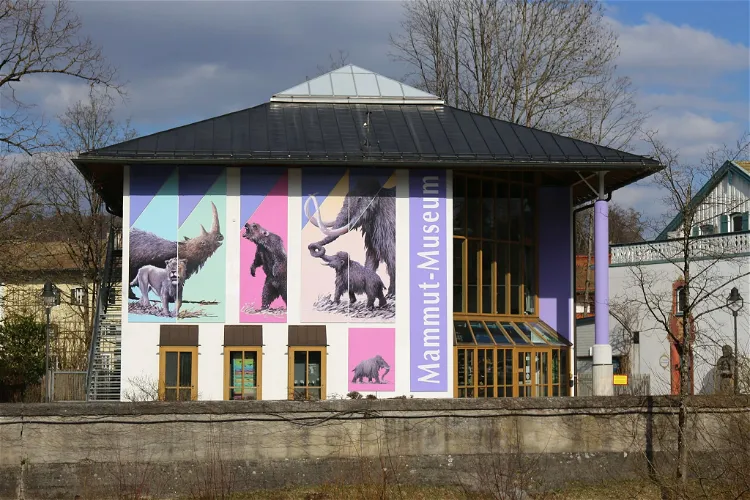
Naturkunde- und Mammut Museum Siegsdorf
SiegsdorfThe Naturkunde und Mammut Museum Siegsdorf is a unique institution that specializes in geology, paleontology, and Ice Age finds. The museum's focus is on the last 250 million years, providing a comprehensive understanding of the geological formation and the flora and fauna of the Ice Ages. It offers a deep dive into the history of the region, making it an interesting destination for those interested in natural history and the evolution of life on Earth.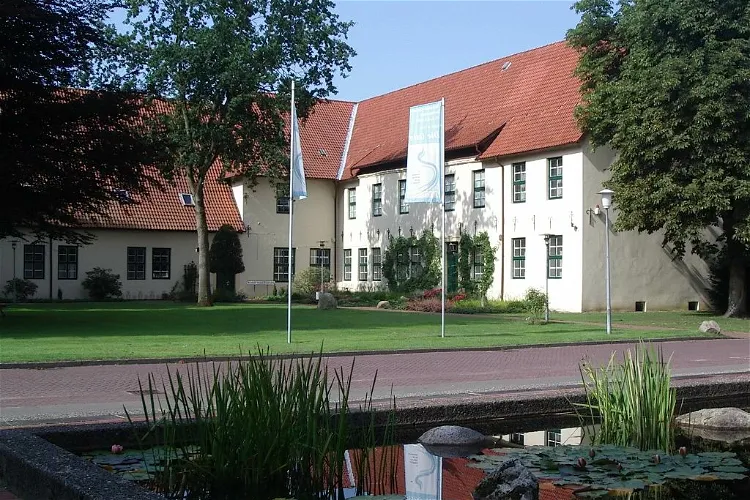
Bachmann-Museum Bremervörde
BremervördeThe Bachmann-Museum in Bremervörde is a unique institution that combines regional history and natural history. It is the largest museum in the Rotenburg (Wümme) district, making it a significant cultural and educational hub in the region. Visitors can expect to explore a wide range of exhibits that delve into the rich history and natural wonders of the area.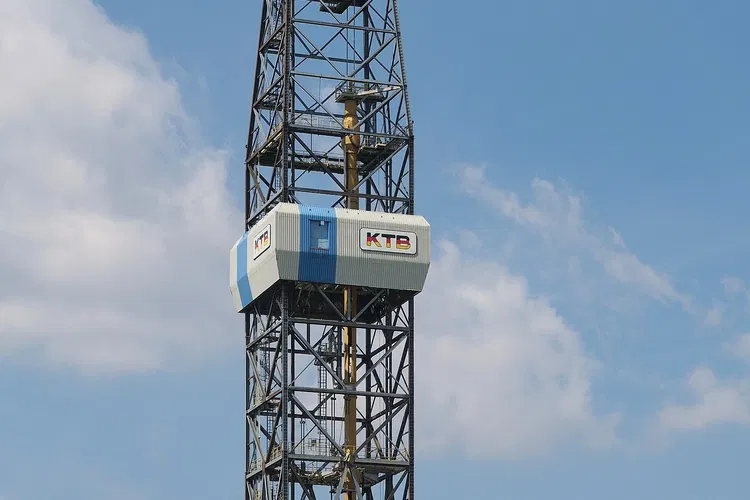
German Continental Deep Drilling Programme
WindischeschenbachThe German Continental Deep Drilling Programme, also known as the KTB borehole, is a significant scientific project that took place from 1987 to 1995 near Windischeschenbach, Bavaria. The project's main achievement was the drilling of a super-deep borehole that reached a depth of 9,101 meters into the Earth's continental crust. This feat of engineering and scientific exploration offers a unique insight into the Earth's geology and is a key point of interest for visitors to the area.
Schauanlage und Museum der Granitindustrie
HaselbachtalThe museum offers a comprehensive view of the production process from extraction to processing and loading. Visitors can see a functional stone splitting machine, a cable crane system, various derrick cranes, and a large stone gang saw. These exhibits provide a hands-on understanding of the granite industry's operations.
Stadtmuseum in der Beschußanstalt
Zella-MehlisThe Stadtmuseum in Zella-Mehlis is housed in the building of the former Beschussanstalt, a facility where firearms were tested. This location adds a unique historical context to the museum, as it reflects the city's long-standing tradition in the weapons industry. Visitors can explore the museum within this historical building, which provides a tangible connection to the city's past.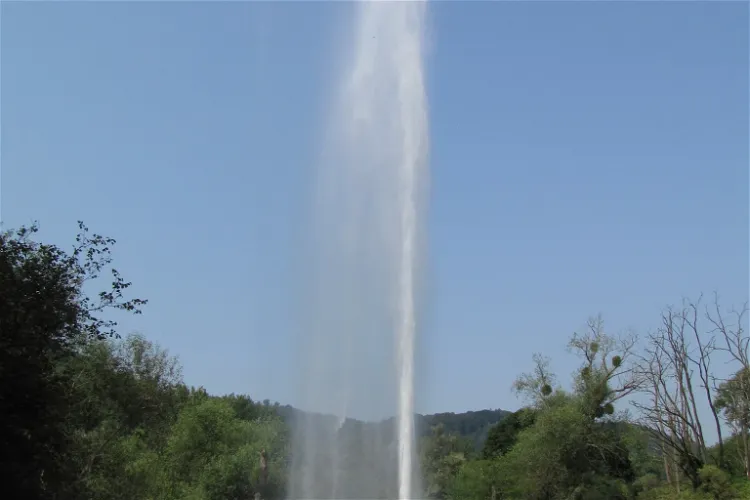
Andernach Geyser
AndernachThe Andernach Geyser, located on the Namedy Peninsula in the Rhine near Andernach, is recognized as the highest cold-water geyser in the world. It is capable of reaching impressive heights of 30 to 60 metres. This unique natural phenomenon was first bored in 1903 and has since become a significant tourist attraction.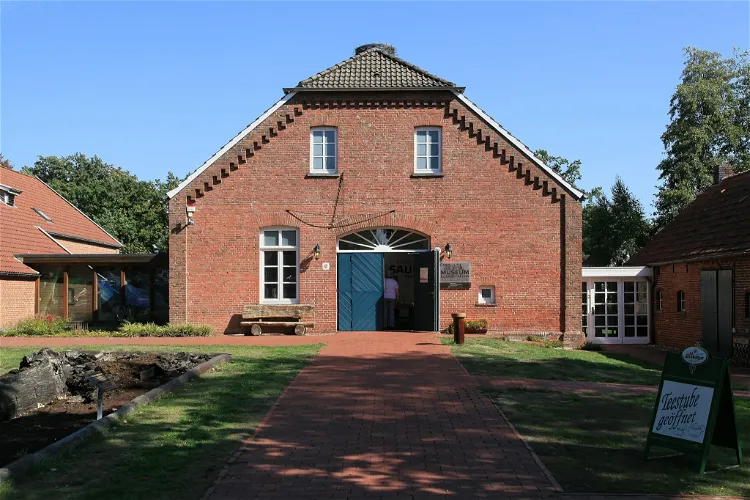
Moor- und Fehnmuseum Elisabethfehn
ElisabethfehnThe Moor- und Fehnmuseum Elisabethfehn is a peat museum situated in the Fehnkolonie Elisabethfehn, within the municipality of Barßel. The museum is conveniently located directly on the Elisabethfehn canal, making it easily accessible for visitors.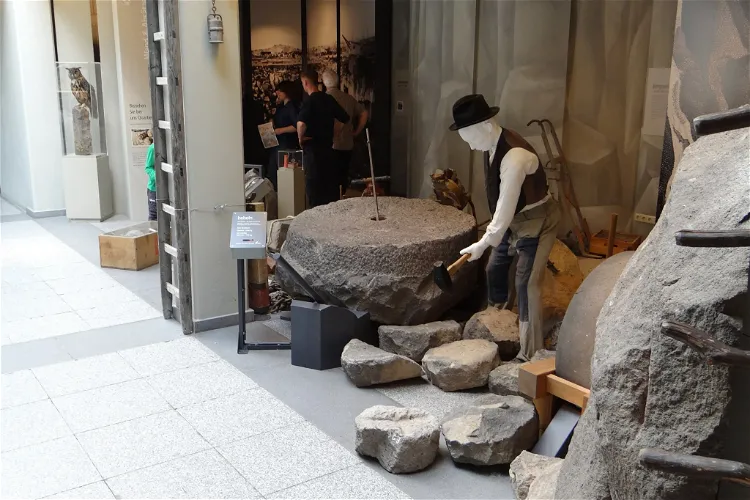
Erlebniswelten Grubenfeld
MayenThe Erlebniswelten Grubenfeld Museum in Mayen offers a unique insight into the history of basalt mining, dating back to the Neolithic Age. This museum is a part of the Vulkanpark, which consists of six museum facilities. It provides a comprehensive overview of the mining history over the past 7000 years, making it a fascinating destination for those interested in geology and history.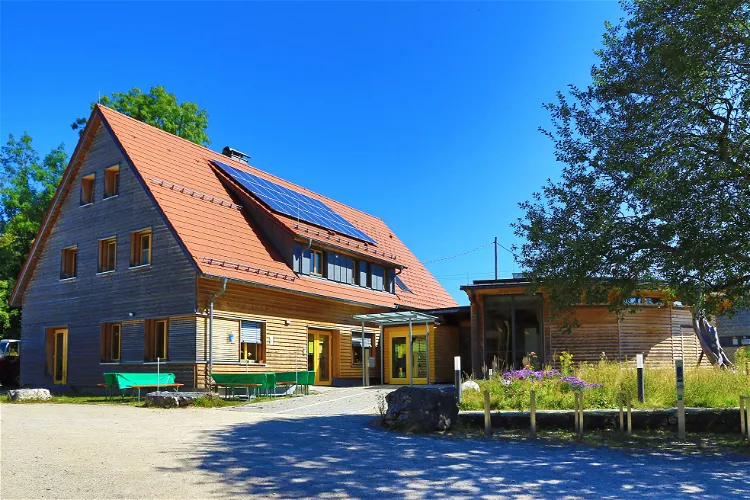
Naturschutzzentrum Schopflocher Alb
SchopflochThe Naturschutzzentrum Schopflocher Alb (NAZ) is a significant nature conservation center located in Baden-Württemberg. It was established in 1994 as a foundation under civil law. The center is one of seven public nature conservation centers in the region, making it a notable destination for those interested in nature conservation and environmental education.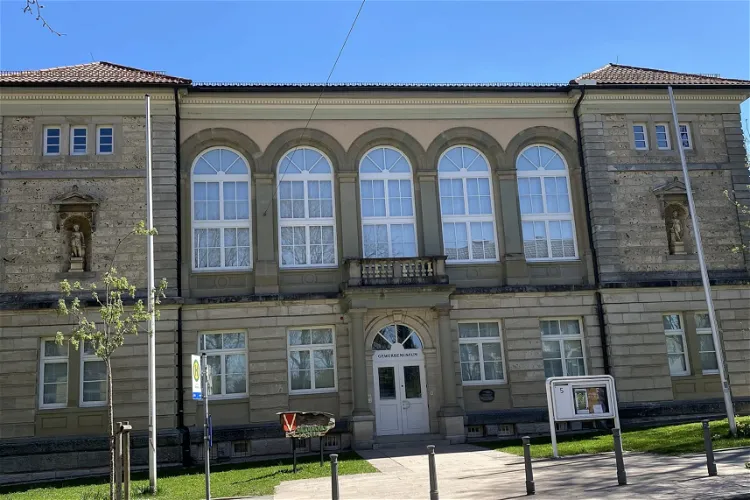
Gewerbemuseum
SpaichingenThe Gewerbemuseum Spaichingen is a city museum situated in the town of Spaichingen, within the Tuttlingen district of Baden-Württemberg. Established in 1991, the museum is housed in a building constructed in 1876 in the Neorenaissance style. The museum offers a glimpse into the region's history and its transition from a rural area to an industrial hub.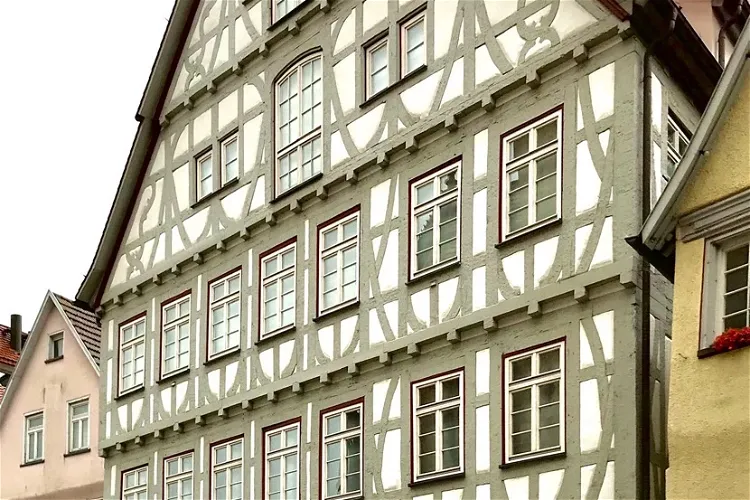
Naturkundemuseum
ReutlingenThe Naturkundemuseum Reutlingen is situated in a charming half-timbered house, adjacent to the Marienkirche in the historic old town of Reutlingen. This location not only offers a unique setting for the museum but also places it in the heart of the city, making it easily accessible for tourists.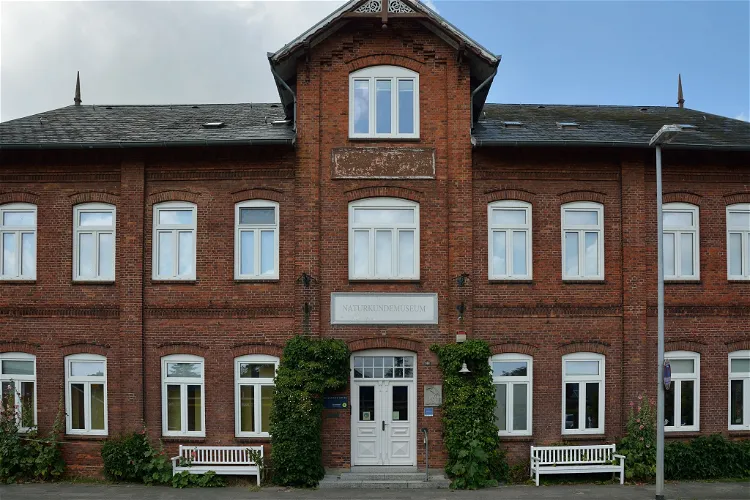
Naturkundemuseum Niebüll
NiebüllThe Naturkundemuseum Niebüll, which opened its doors in 1980, is situated in the quaint town of Niebüll, located in the far northwest of Schleswig-Holstein. This museum serves as a cross-border German-Danish interactive museum, showcasing the regional nature on both sides of the border. It is an official National Park Station, making it a significant point of interest for nature enthusiasts.
Lahn-Marmor-Museum
VillmarThe Lahn Marble Museum, situated in the central Hessian municipality of Villmar in the Limburg-Weilburg district, is dedicated to the Lahn marble found in the Lahn valley. This museum provides an in-depth exploration of this unique natural stone, its formation, and its historical and contemporary uses.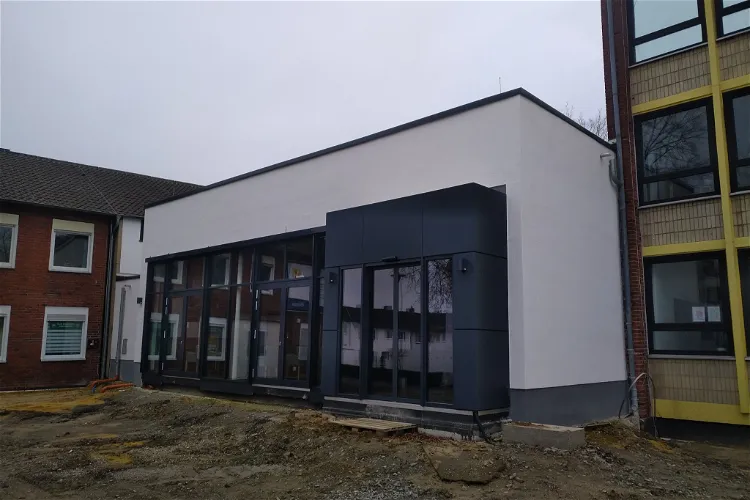
Stadtmuseum Bergkamen
BergkamenThe Stadtmuseum Bergkamen, established in 1965, is situated in the Oberaden district of the city of Bergkamen. This museum is a significant cultural center in Bergkamen, offering a rich collection of historical and contemporary exhibits.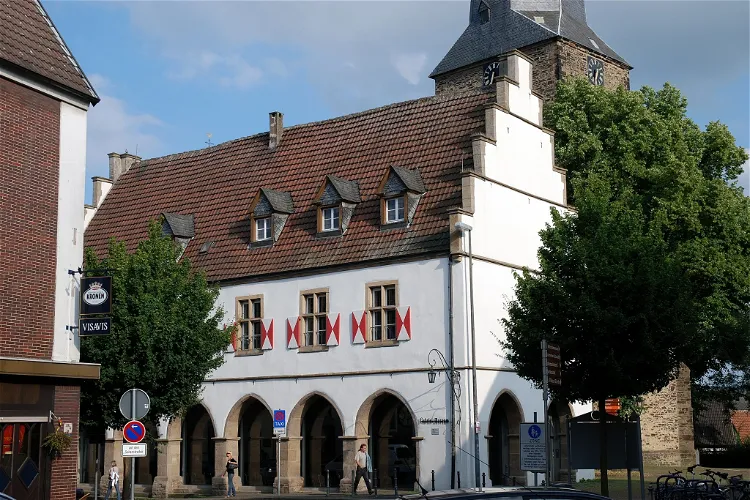
Ruhrtalmuseum
SchwerteThe Ruhrtalmuseum is a local history museum situated in the 'Old Town Hall' in Schwerte. This location adds a historical charm to the museum, making it a unique destination for tourists interested in local history and architecture. The building itself was constructed during the Middle Ages and served various purposes, including a town hall and a residence for the town's night watchman.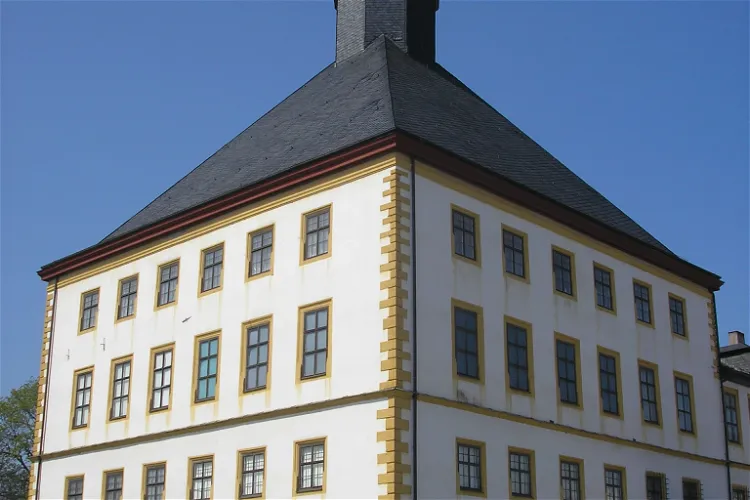
Museum der Natur Gotha
GothaThe Museum der Natur Gotha, located in the city of Gotha, is one of the four museums under the Stiftung Schloss Friedenstein Gotha. It is home to a wide range of geological, paleontological, and zoological collections. These collections have a rich history, with some dating back to the 17th century. The museum provides a unique opportunity for visitors to explore the natural history of the region and beyond.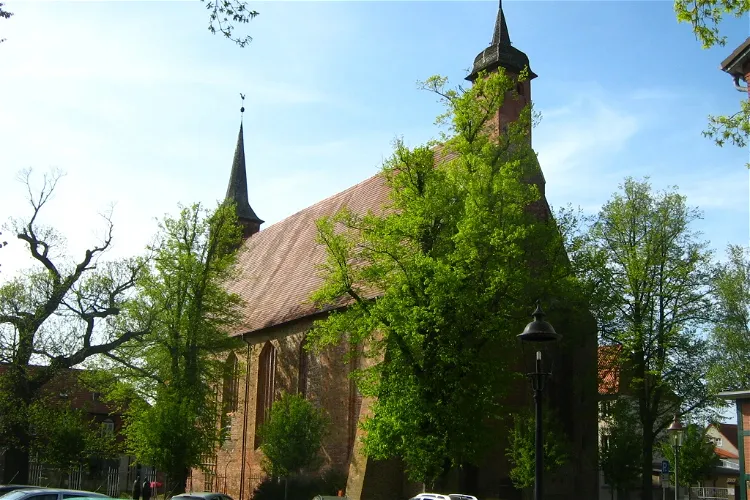
Deutsches Bernsteinmuseum
Ribnitz-DamgartenThe Deutsches Bernsteinmuseum, located in Ribnitz-Damgarten in the German state of Mecklenburg-Vorpommern, is a museum dedicated to the study and display of amber. The museum is housed in the historic Ribnitz Clarissenkloster, adding to its unique charm and appeal.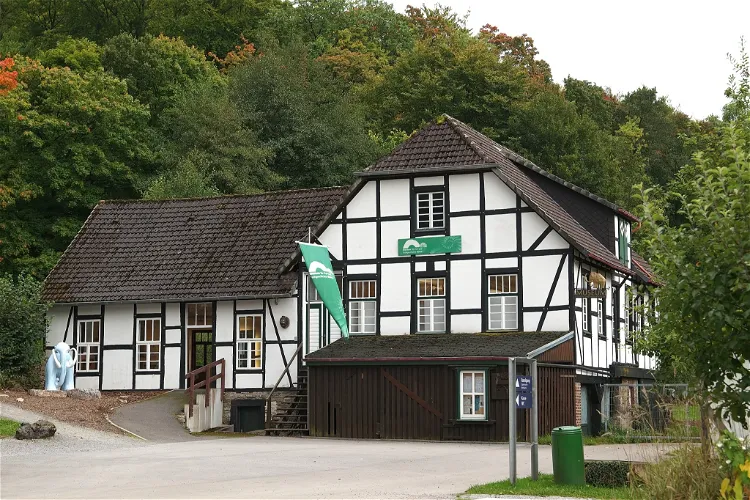
Museum für Vor- und Frühgeschichte
BalveThe Museum für Vor- und Frühgeschichte is an archaeological museum situated in the city of Balve, within the Märkischen Kreis region. It offers a unique opportunity to delve into the past and explore the rich archaeological history of the area.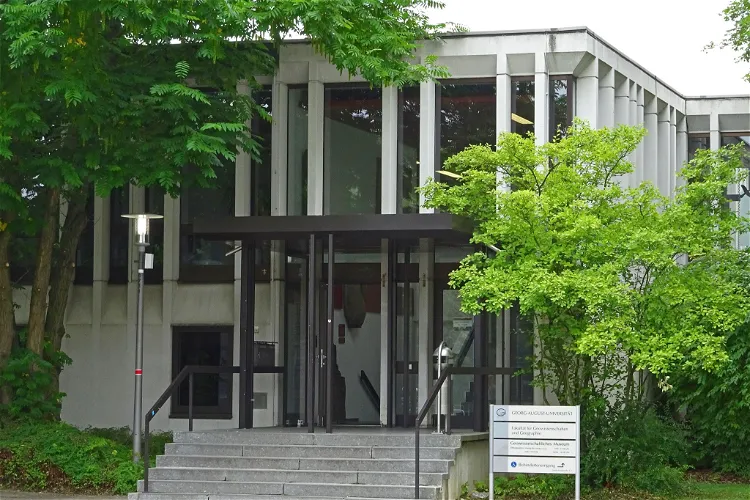
Museum of Geology
GöttingenThe museum's collections are vast, including over 4.5 million objects and series in more than 20 sub-collections. This makes it the fourth largest geoscientific collection in Germany, offering a wide range of exhibits for visitors to explore and learn from.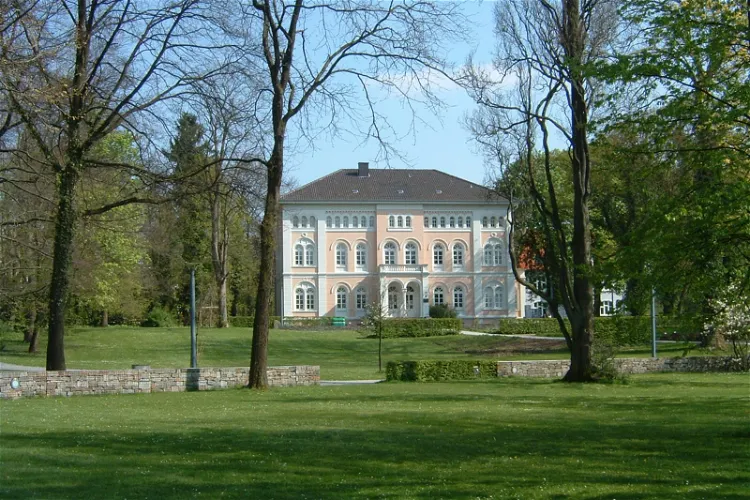
NABU Natur-Infozentrum Senne im Prinzenpalais
Bad LippspringeThe Prinzenpalais is home to the NABU Nature Information Centre Senne, which features an exhibition. This provides an opportunity for tourists to learn about the local environment and its conservation efforts. The exhibition is a great way to engage with the region's natural history and current environmental initiatives.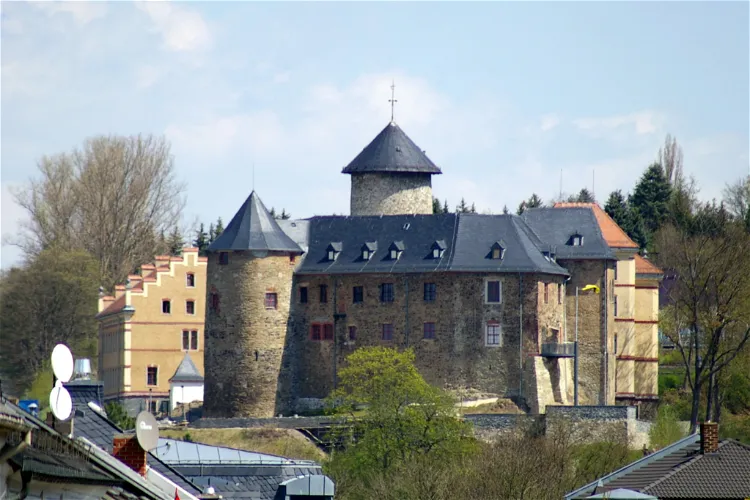
Schloß Voigtsberg
OelsnitzThe Voigtsberg Castle, which was later renamed Schloss Voigtsberg, is a typical high medieval castle. It was significantly damaged during the Thirty Years' War and was subsequently rebuilt into a castle. This transformation has given the structure a unique blend of architectural styles, making it a fascinating site for history and architecture enthusiasts.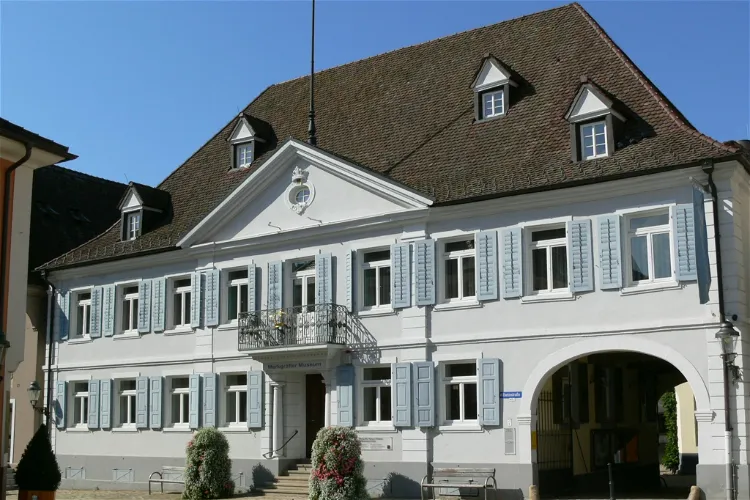
Markgräfler Museum Müllheim
Müllheim im MarkgräflerlandThe Markgräfler Museum is a regional museum located in Müllheim in the Markgräflerland, a city within the district of Breisgau-Hochschwarzwald in Baden-Württemberg, Germany. It is the largest museum between Freiburg im Breisgau and the agglomeration of Basel Lörrach in the tri-border area. The museum has two locations: the Blankenhorn Palace and the Frick Mill.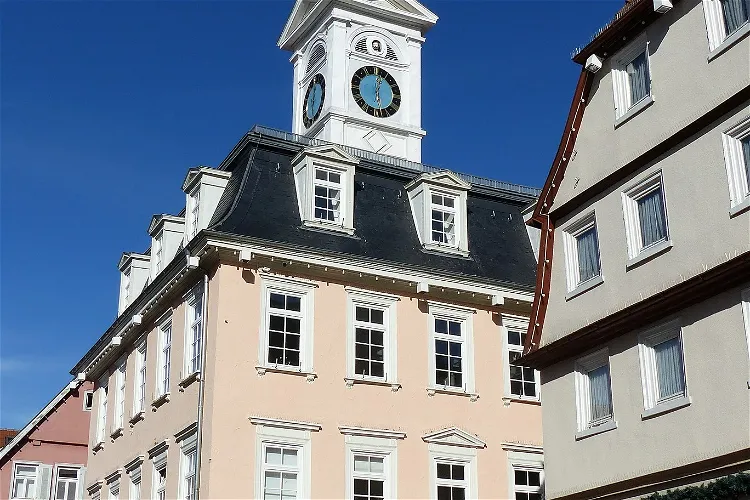
Urweltmuseum
AalenThe Urweltmuseum Aalen holds the distinction of being the largest municipal museum for geology and paleontology in Baden-Württemberg. This makes it a significant destination for those interested in these fields, offering a wealth of information and exhibits that delve into the earth's ancient past.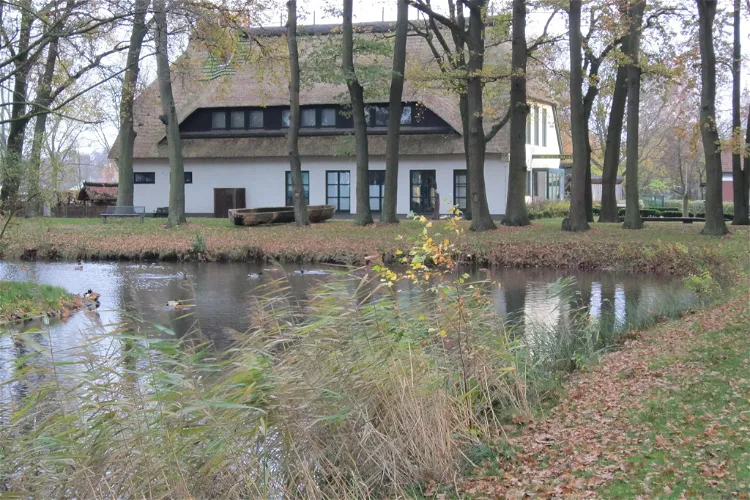
Dümmer-Museum Lembruch
LembruchThe Dümmer-Museum in Lembruch is a museum dedicated to the natural and cultural history of Dümmer. It is part of the district museum Syke, which is supported by the district of Diepholz. The museum was inaugurated in 1968 and has since been a significant part of the cultural landscape of the region.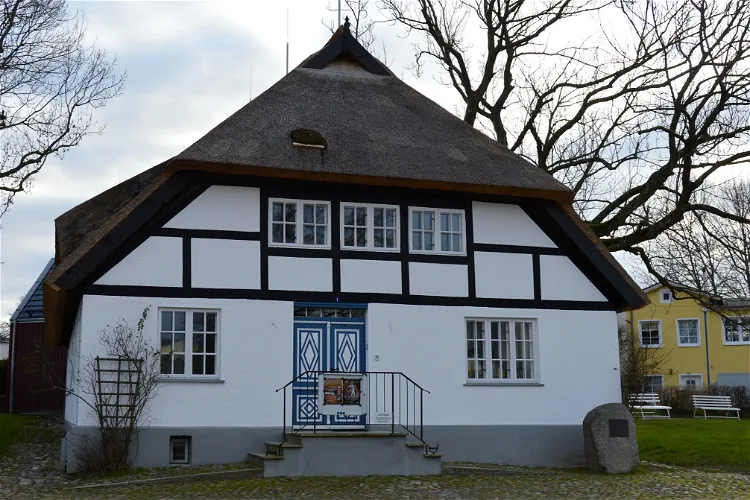
Heimatmuseum Göhren
GöhrenThe Mönchguter Heimatmuseum is a local museum situated in Göhren on the Mönchgut peninsula, which is a part of Rügen. The museum is conveniently located at the western end of Strandstraße, at the address Strandstraße 1. This location is directly at the intersection of Thiessower Straße, Poststraße, and Strandstraße, making it easily accessible for visitors.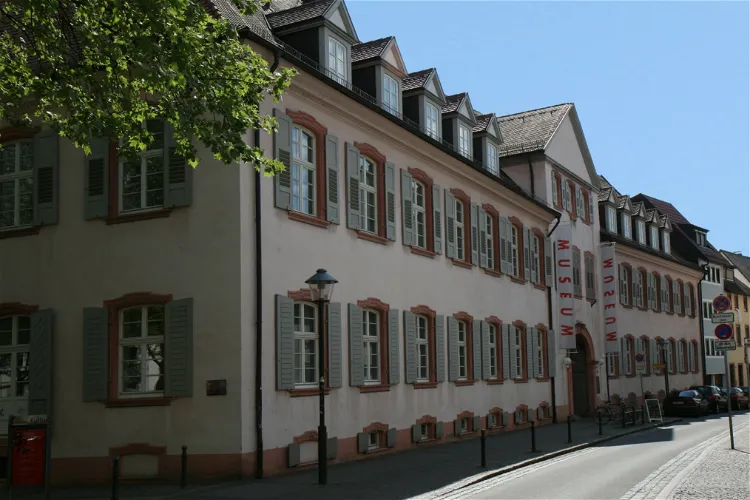
Museum im Ritterhaus
Osterode am HarzThe Museum im Ritterhaus, situated in Offenburg, Baden-Württemberg, is a historical institution that was inaugurated in 1900 by Carl Frowin Mayer. Originally, it was established as a 'Museum for Natural and Ethnology', showcasing a diverse range of exhibits related to natural history and ethnology.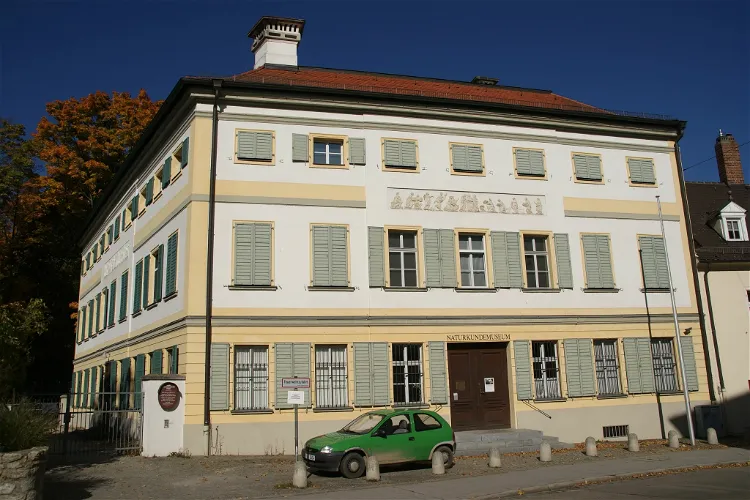
Naturkundemuseum Ostbayern
RegensburgThe Naturkundemuseum Ostbayern, located in Regensburg, has been situated in the classicist Württemberg Palace, also known as Herzogspalais, since 1961. This location is in the far northwest of Regensburg's old town, adding a historical touch to your visit.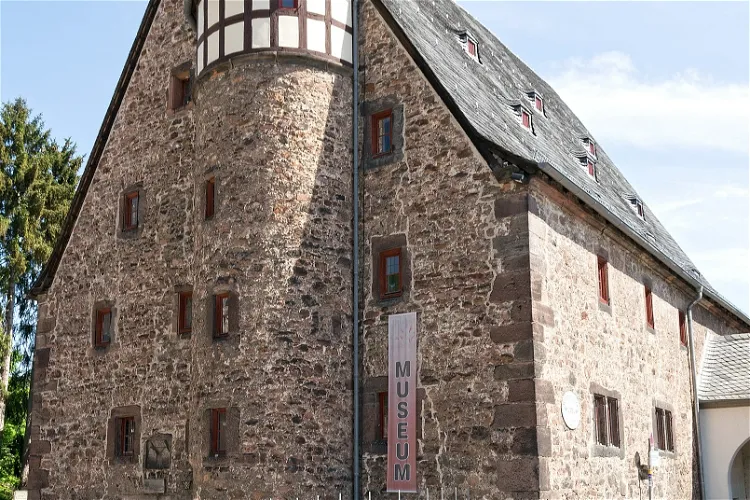
Mineralogical Museum
MarburgThe Mineralogical Museum of the Philipps University in Marburg is home to an extensive collection of geological specimens that have been gathered since the late 18th century. The collection currently boasts 60,000 minerals, 55,000 rock samples, 15,000 gemstone raw samples, and 150 meteorites. This makes it a significant destination for those interested in geology and mineralogy.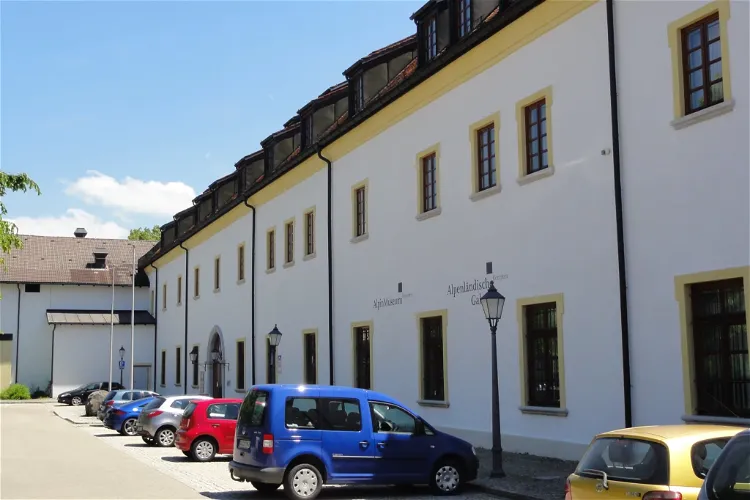
Marstall Kempten
Kempten (Allgäu)The Alpinmuseum, located in the Marstall in Kempten in the Allgäu, was a museum that focused on the history of the Alps, the history of alpinism, and the environment and nature. It was a branch of the Bavarian National Museum and was established in collaboration with the German Alpine Association. The museum was operational from 1991 to 2021.
Fichtelgebirgsmuseum
WunsiedelThe Fichtelgebirge Museum, located in Wunsiedel, central Germany, is a regional museum that was established in 1907. The museum was founded by the Fichtelgebirge Club with the aim of preserving old trade skills that were being replaced by new industries during the 19th century. The museum provides a glimpse into the region's past and the trades that were once vital to its economy.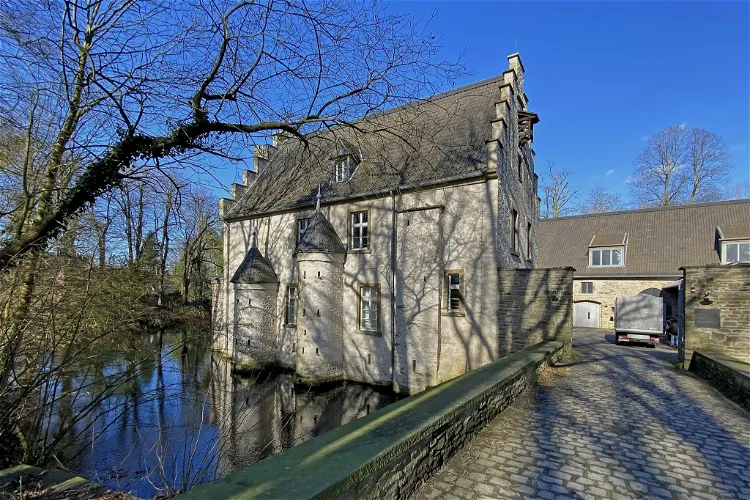
Museum für Ur- und Frühgeschichte
HagenThe Wasserschloss Werdringen is a water castle located in Hagen Vorhalle, near the Ruhr on the Harkortsee below the Kaisberg. This historic site is not just a castle, but also houses the regional Archaeology Museum Hagen in one of its outbuildings. This makes it a unique destination for those interested in both history and archaeology.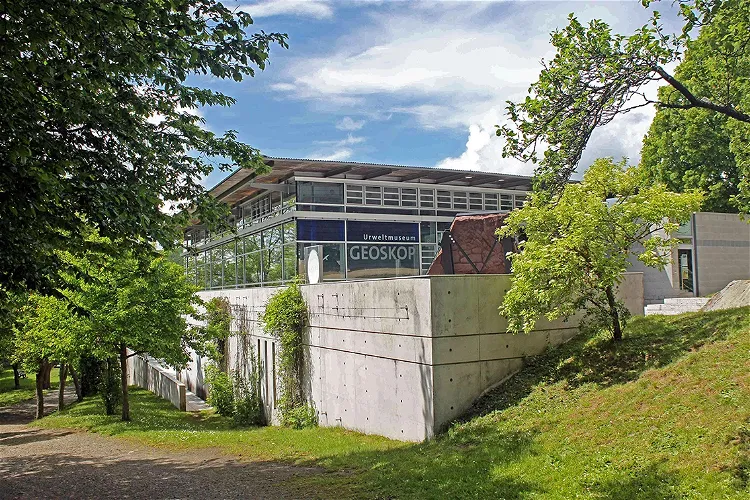
Urweltmuseum Geoskop
ThallichtenbergThe Urweltmuseum Geoskop is a natural history museum that focuses on the geological history of the Palatinate region. It is situated at Burg Lichtenberg near Thallichtenberg, in close proximity to the western Palatinate county town of Kusel in Rhineland-Palatinate. Since its opening in 1998, it has become the largest information center for the geology of this region.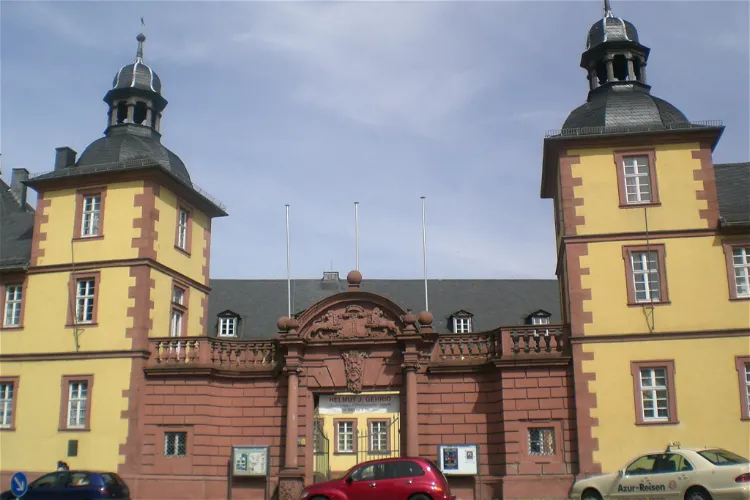
Natural History Museum of Aschaffenburg
AschaffenburgThe Natural History Museum of Aschaffenburg is situated in the historical Schönborner Hof in Aschaffenburg, Bavaria, Germany. This location adds a historical charm to the museum, making it a unique place to explore the natural history of the region.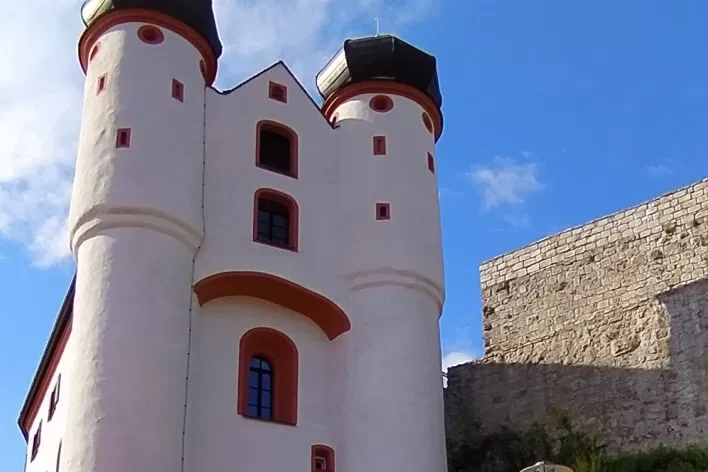
Burgmuseum Parsberg
ParsbergThe Parsberg Castle is a hilltop castle located on a limestone spur in the city center of Parsberg in the district of Neumarkt in Upper Palatinate, Bavaria. The complex has a long construction history that dates back to the 13th century. The castle museum, located in the lower castle, presents the h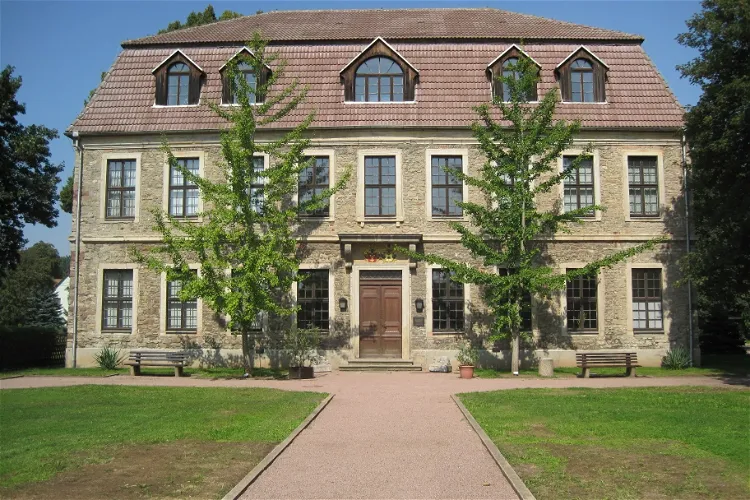
Mansfeld Museum im Humboldt-Schloss Hettstedt
HettstedtThe Mansfeld Museum, located in the Burgörner district of the city of Hettstedt in the Mansfeld-Südharz district in Saxony-Anhalt, is dedicated to the history of Mansfeld copper shale mining. This museum provides a comprehensive insight into the rich mining history of the region, making it an interesting destination for those interested in industrial history and geology.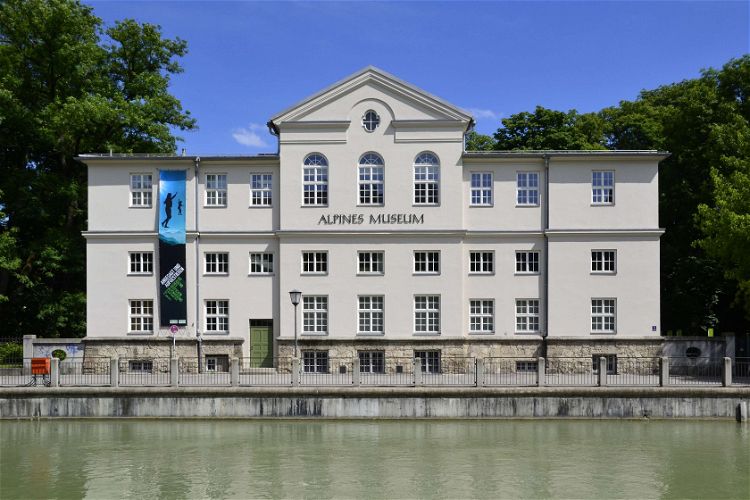
Alpines Museum
MunichThe Alpines Museum (Museum of the Alps and the Mountain) is a museum in Munich that is located on the southern part of the Praterinsel, one of the islands of the Isar. The building dates back to the 19th century and was donated to the Austrian-German mountaineering society. The museum illustrates th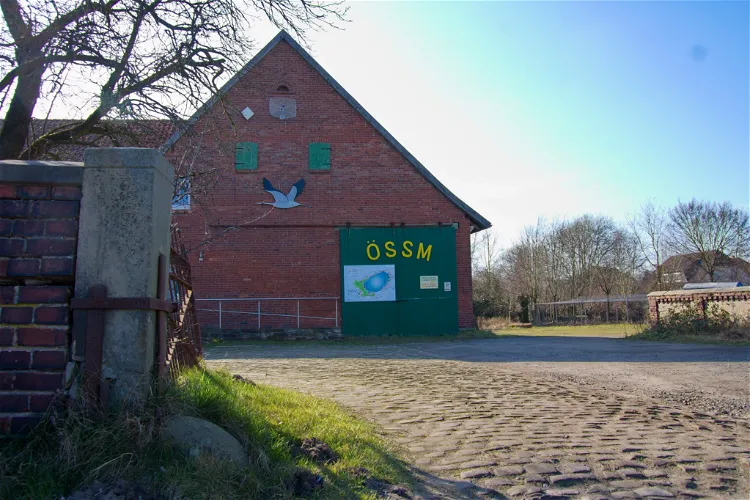
Ökologische Schutzstation Steinhuder Meer (ÖSSM)
Rehburg-LoccumThe Ökologische Schutzstation Steinhuder Meer (ÖSSM) is a regional nature conservation organization situated at Steinhuder Meer in Rehburg-Loccum. Established in 1991, the organization has been dedicated to the protection and conservation of the local flora and fauna. It is a great place for tourists who are interested in nature and conservation efforts.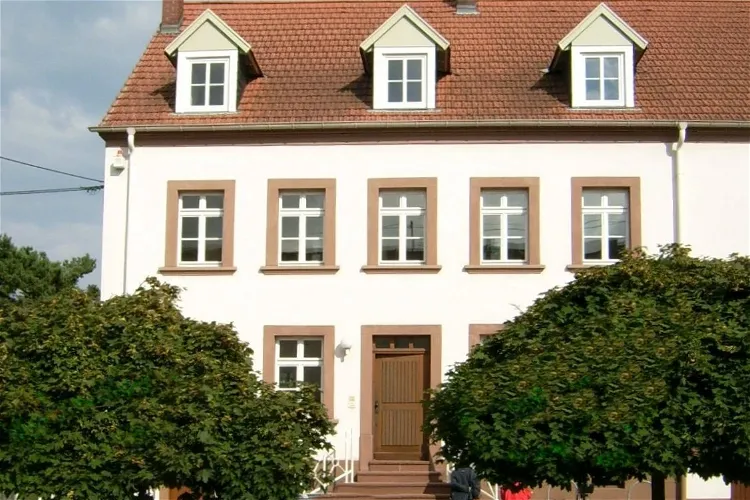
Römermuseum Pachten
Dillingen/SaarThe Römermuseum Pachten, also known as Museum Pachten, is located in a historic farmhouse on Fischerstraße, one of the oldest streets in the Dillingen district of Pachten, Saarland, Germany. This unique setting provides a charming backdrop for the museum's extensive collection of artifacts and exhibits.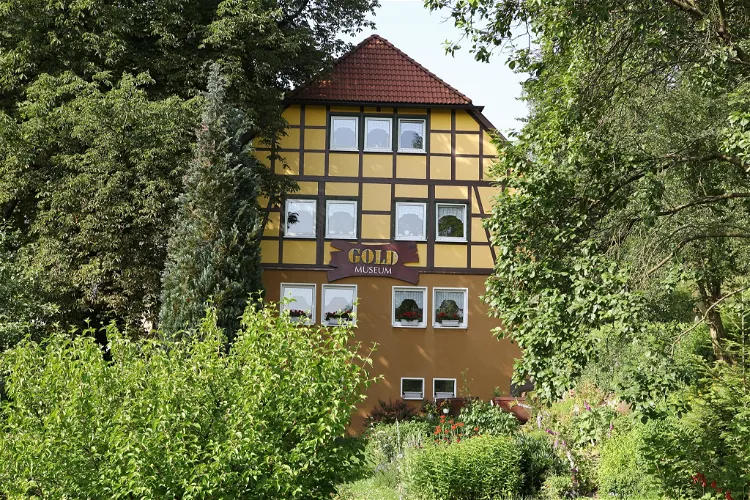
Goldmuseum Theuern
TheuernThe Goldmuseum is situated in the quaint town of Theuern, nestled within the Thuringian Slate Mountains. The museum is housed in a large mill building known as the Burgmühle, adding a unique charm to its location. This setting provides a picturesque backdrop for visitors, making it an interesting destination for those interested in both history and nature.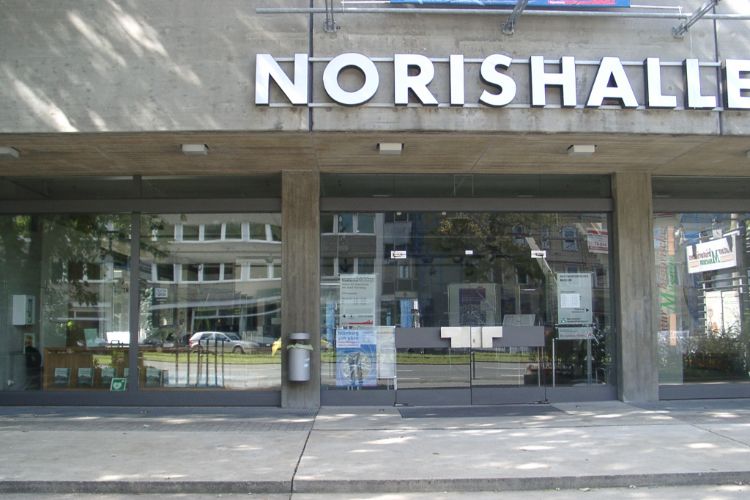
Natural History Museum
NurembergThe Natural History Museum in Nuremberg exhibits parts of the collections of the Natural History Society Nuremberg. The permanent exhibition in the Natural History Museum in Nuremberg covers the areas: ethnology, prehistory, archeology of Jordan, karst and speleology and geology. Zoology, entomology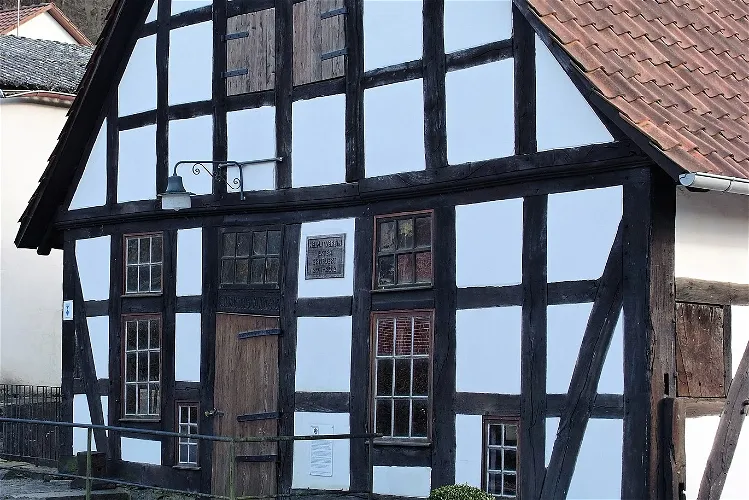
Industriemuseum Oberer Eisenhammer
RintelnThe Oberer Eisenhammer, located in the district of Exten in the city of Rinteln, is a former iron hammer mill that is now protected as an industrial monument. This historical site was founded around the year 1745, making it a significant part of the region's industrial history.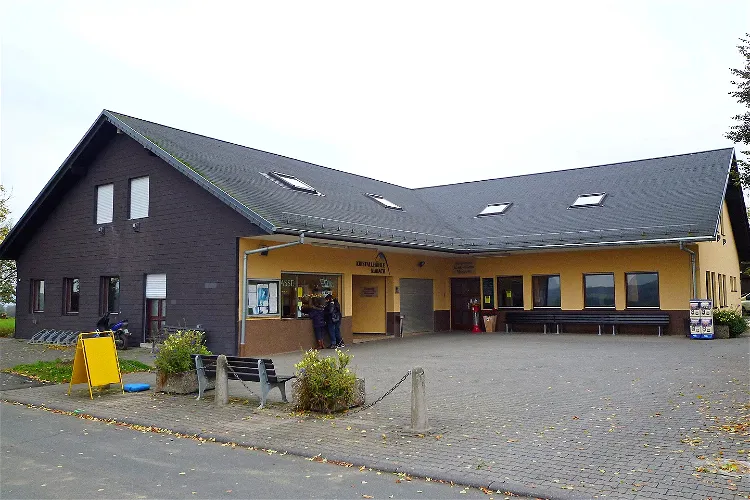
Kubach Crystal Cave
WeilburgThe Kubach Crystal Cave, located in Kubach, Weilburg, is a unique geological formation in Germany. Its walls are adorned with countless calcite crystals and pearl sinter, making it a unique spectacle for visitors. The cave's crystal decorations are considered unique in Germany, offering a one-of-a-kind experience for those interested in geology and natural beauty.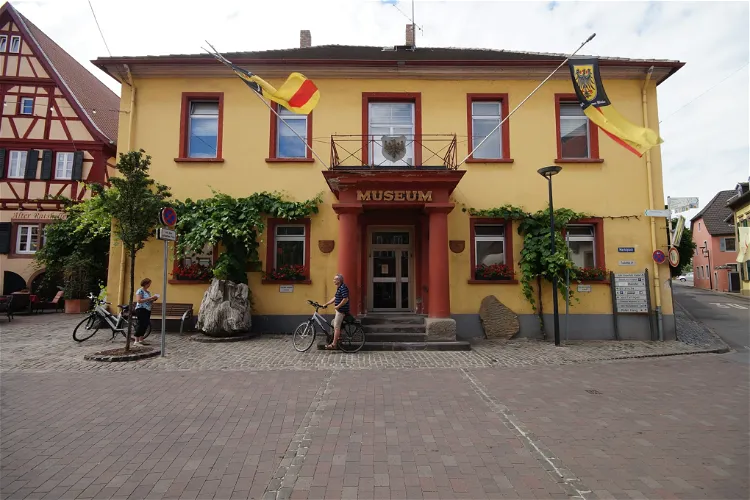
Paläontologisches Museum
NiersteinThe Paläontologische Museum Nierstein, founded by amateur paleontologist Arnulf Stapf, is home to approximately 2,000 fossils from various epochs. This collection provides a unique opportunity for visitors to explore the history of life on Earth through these preserved remains.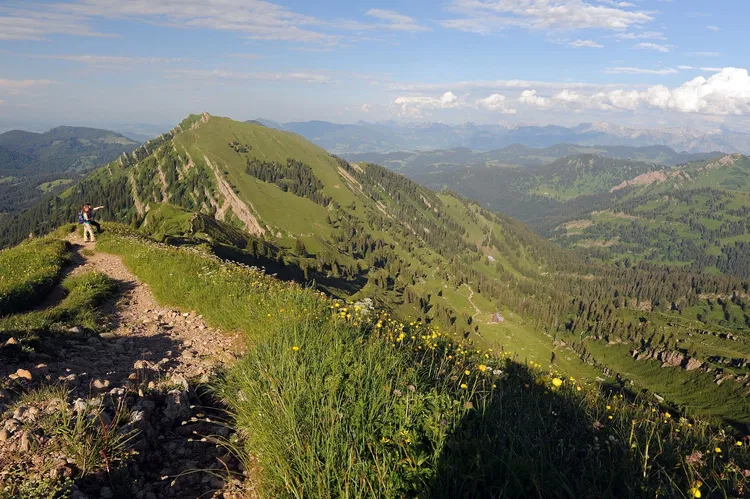
Nagelfluhkette Nature Park
Immenstadt im AllgäuThe Naturpark Nagelfluhkette is a unique cross-border nature park that spans between the German region Allgäu and the Austrian state Vorarlberg. This park is the first of its kind, bridging two countries and offering a diverse range of landscapes and natural beauty. It covers a significant part of the Allgäu Prealps west of the Iller and extends from Immenstadt and the western slopes of the Illertal in the east to the Hirschbergzug in the west. The park's southern border is marked by the Bregenzer Ach, Hirschgundtal, and Rohrmoostal near Oberstdorf, extending to the slopes of the Hochifen.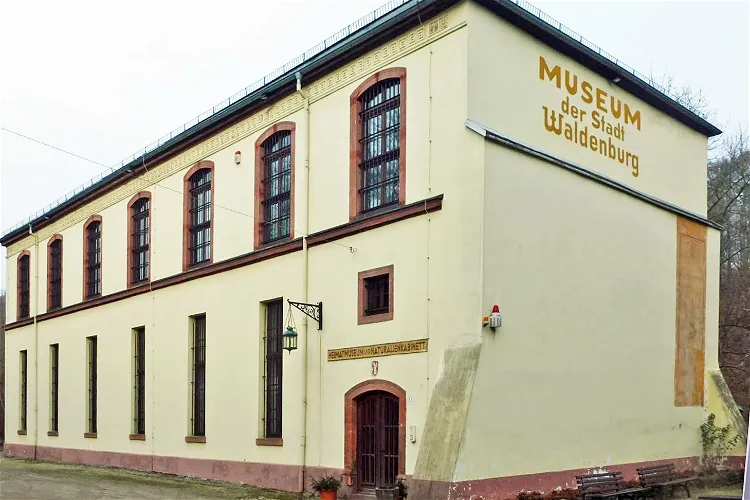
Museum - Natural History Collection Waldenburg
WaldenburgThe Museum – Naturalienkabinett in Waldenburg (Saxony) is home to the Naturalienkabinett of the Princes of Schönburg-Waldenburg. This collection has been housed in the outdoor area of Waldenburg Castle since the 1840s, making it a significant part of the region's history.
Mineralogisches Museum
HamburgThe Mineralogical Museum (Mineralogisches Museum) showcases a collection on an area of approximately 450 square metres over two floors. In the gallery, 1500 selected objects are on display in artfully illuminated window displays.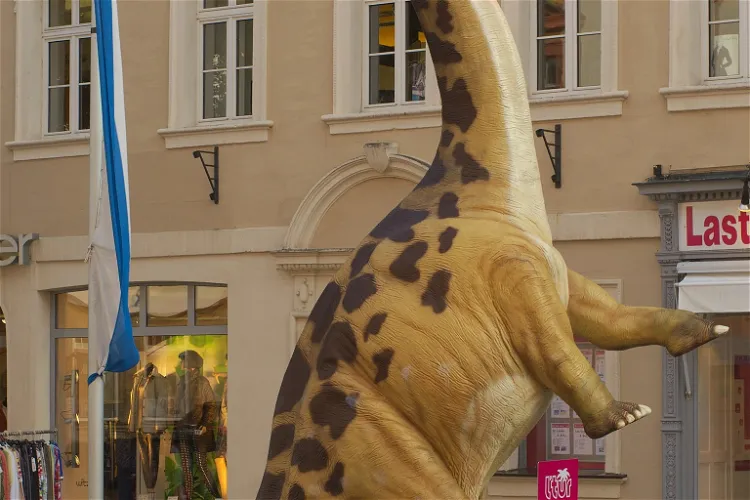
Urwelt-Museum Oberfranken
BayreuthThe Urwelt-Museum Oberfranken in Bayreuth is a regional natural history museum that is managed by the city of Bayreuth. The museum's main focus is on the history of both living (paleontology) and non-living (geology and mineralogy) nature of Upper Franconia. This makes it a unique destination for those interested in natural history and the evolution of life and earth.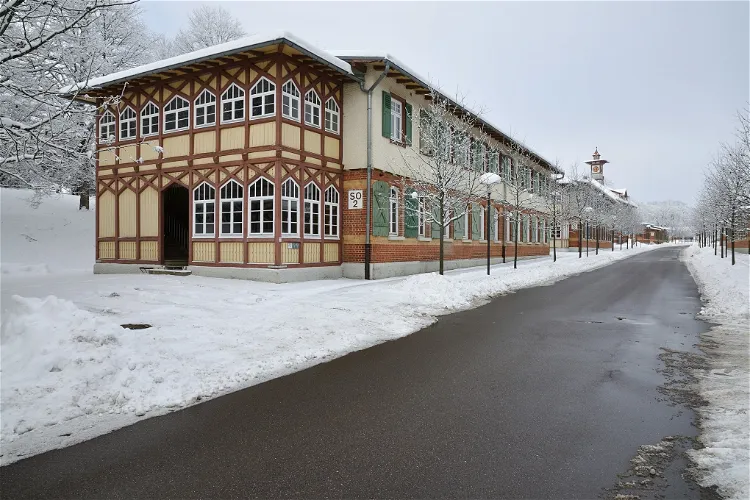
Museum Altes Lager Münsingen
MünsingenThe Altes Lager is open to the public daily from 9:00 AM to 7:00 PM. Visitors can access the site via a foot and bike path that was opened in 2019. This path connects the Altes Lager to the Swabian Alb biosphere area and the former military training area, offering a unique opportunity to explore the region's natural and historical attractions.
Brenz Castle
Sontheim an der BrenzBrenz Castle, a Renaissance castle, is situated in the Brenz an der Brenz borough of Sontheim in the Heidenheim district of Baden-Württemberg, Germany. This historical structure offers a glimpse into the architectural style of the Renaissance period and is a significant landmark in the region.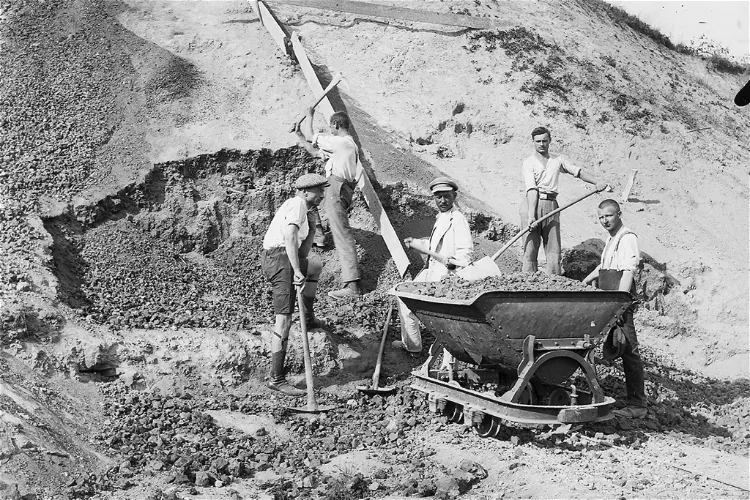
Museum Auberlehaus in Trossingen
TrossingenThe Auberlehaus is a historic building located in Trossingen, which is home to a museum that showcases several significant exhibits. This museum is a testament to the rich history and culture of the region, offering visitors a chance to delve into the past and gain a deeper understanding of the area's heritage.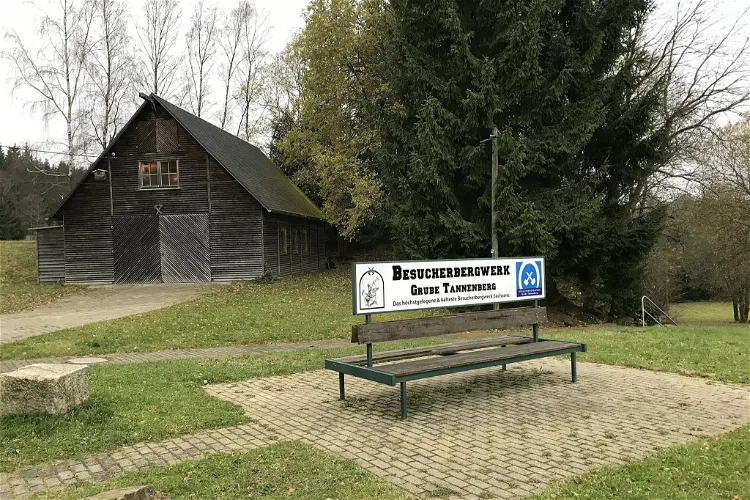
Besucherbergwerk Grube Tannenberg
SchneckensteinThe Tannenberg mine, located south of Tannenbergsthal in the district of Schneckenstein, is a former tin mine in the Saxon Vogtland. Today, it serves as a visitor mine, offering tourists a unique opportunity to explore the history and workings of a traditional tin mine.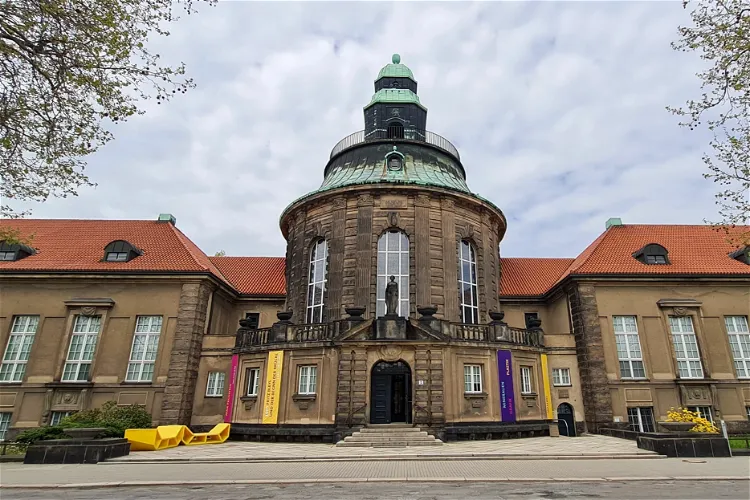
Kunstsammlungen Zwickau
ZwickauThe museum today houses a variety of collections, including art collections and a sculpture collection. It also features a mineral collection that dates back to the Zwickau mining factor Ernst Julius Richter. Additionally, the museum is home to the Ratsschulbibliothek, adding to the diverse range of exhibits that visitors can explore.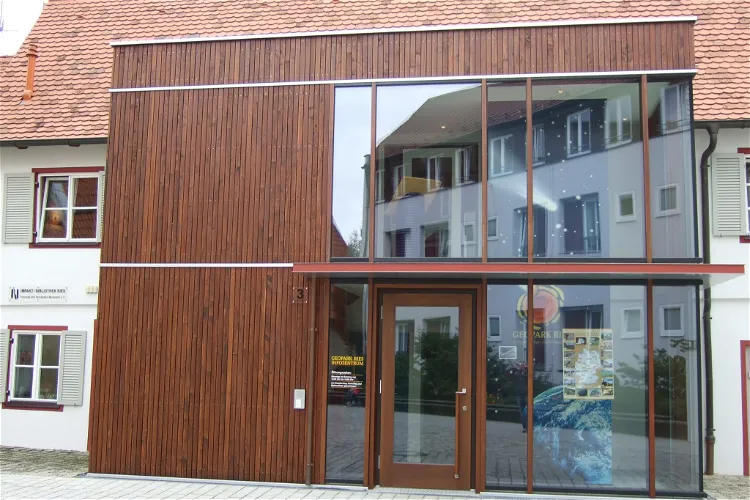
Geopark Infozentrum Nördlingen
NördlingenIn 2022, Geopark Ries was recognized as a UNESCO Global Geopark, a testament to its significant geological heritage. Covering an area of almost 1,800 km², the park is nearly six times the size of Munich, offering a vast landscape for visitors to explore.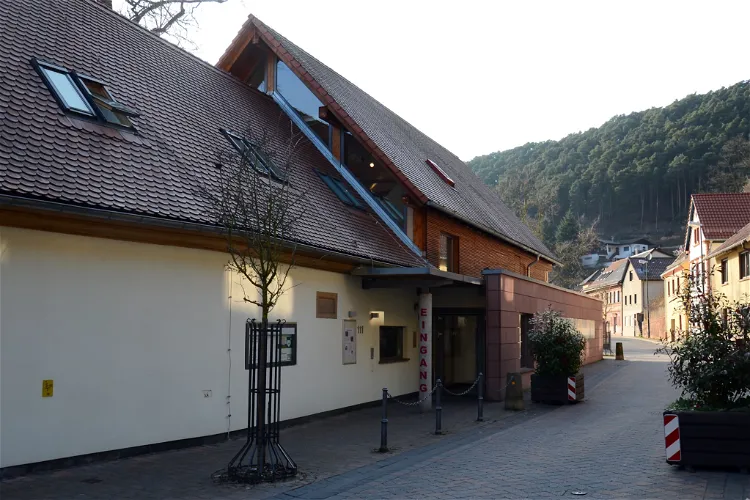
Palatinate Museum of Natural History
Bad DürkheimThe Palatinate Museum of Natural History is situated in the Anterior Palatinate county town of Bad Dürkheim in the German state of Rhineland-Palatinate. It also has a branch known as the GEOSCOPE Prehistoric Museum located at Lichtenberg Castle near the West Palatine county town of Kusel. Both establishments are managed by the Palatinate District Association, the town of Bad Dürkheim, and the counties of Bad Dürkheim and Kusel.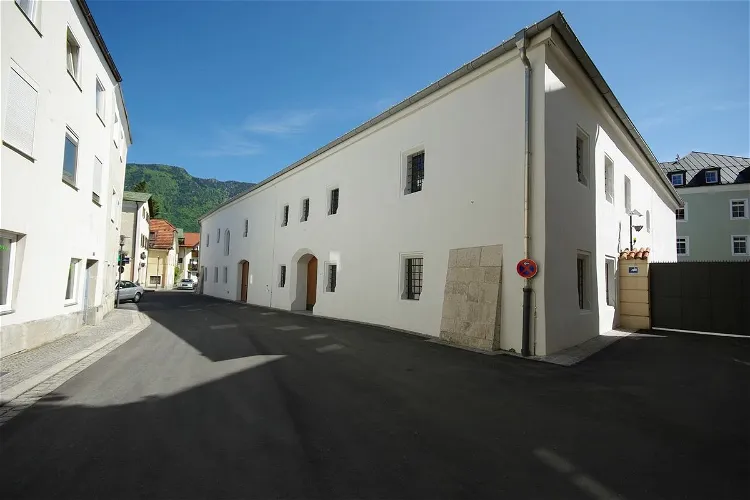
ReichenhallMuseum
Bad ReichenhallThe ReichenhallMuseum, previously known as the Städtisches Heimatmuseum Bad Reichenhall, is the local museum of the Upper Bavarian city of Bad Reichenhall. It is housed in the city's former grain store, located at Getreidegasse 4. The museum showcases numerous exhibits related to the history of salt mining, local crafts, city history, geology, and folklore.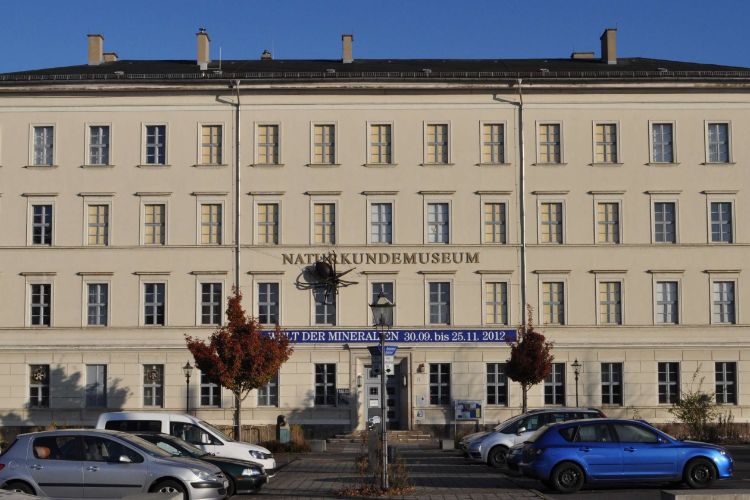
Naturkundemuseum
LeipzigThe Naturkundemuseum is a natural history museum in Leipzig with geological-paleontological, botanical, zoological and archaeological collections. The museum includes the insect collection of Alexander Julius Reichert. The collections contain a large number of scientifically valuable exhibits. Among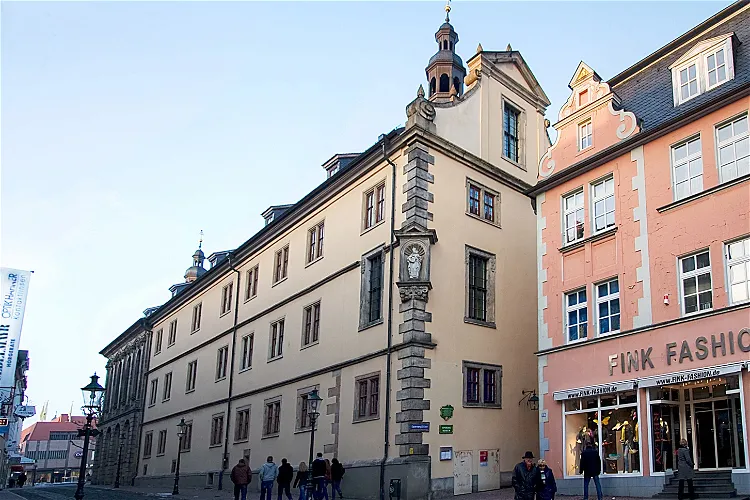
Vonderau Museum
FuldaThe Vonderau Museum, located in the city of Fulda, is named after Joseph Vonderau, a teacher and local researcher. This museum is a significant part of the city's cultural heritage and offers a deep dive into the history and culture of the region.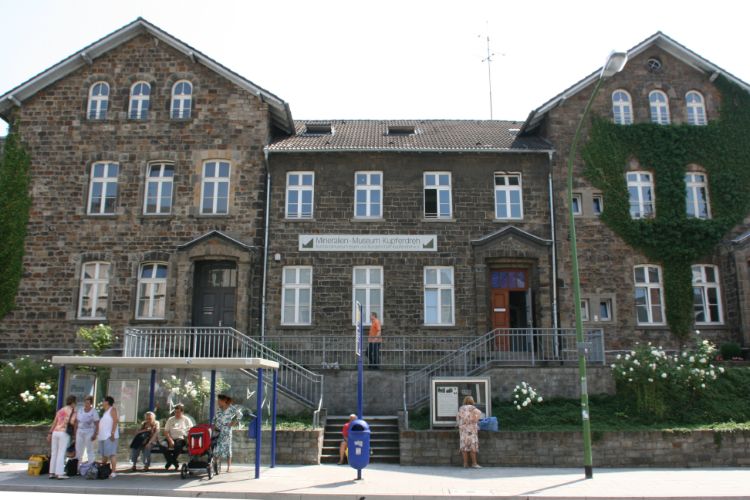
Mineralien-Museum Essen-Kupferdreh
EssenThe Mineralien Museum (the Mineralogy Museum) is a museum in Essen that hosts an impressive collection of minerals that used to be private. The minerals are presented in various thematic exhibitions.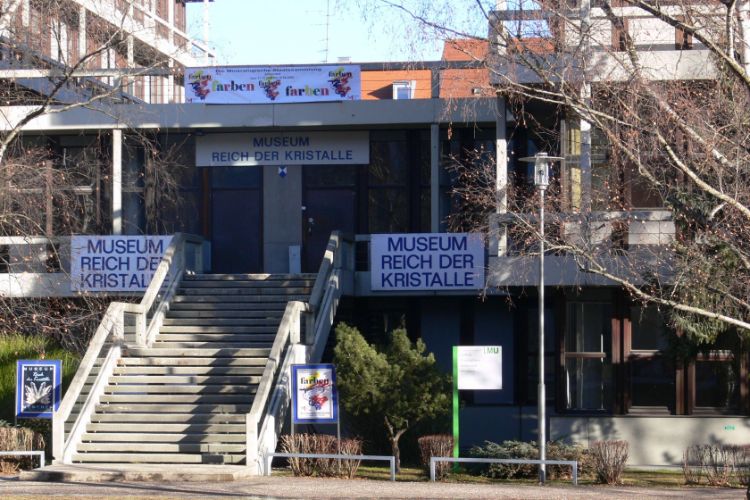
Museum Reich der Kristalle
MunichThe Museum Reich der Kristalle is the publicly accessible part of the Mineralogischen Staatssammlung (State Mineralogical Collection) of Munich. It contains 100,000 exhibits, including diamonds, emeralds and other gems. There is also a collection of meteorites, as well as quartzes from the Alpine re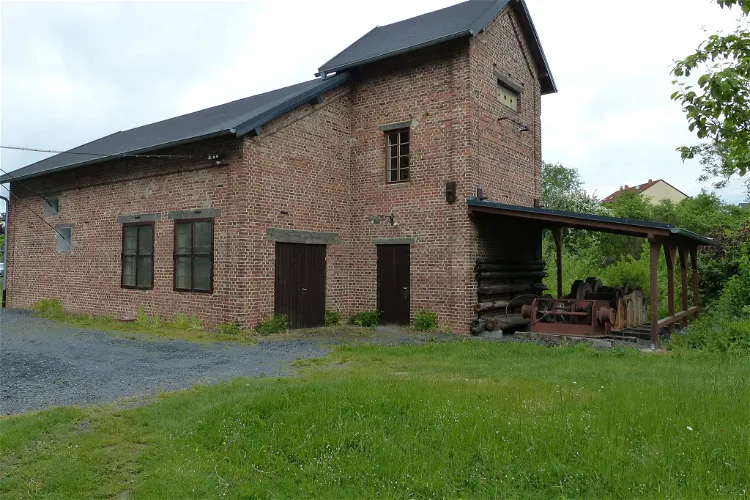
Bergwerk - Kleiner Johannes
ArzbergThe grounds of the former Kleiner Johannes mine serve as a show mine, exhibiting the history of local mining. Visitors can explore the site and gain insights into the mining history of the region.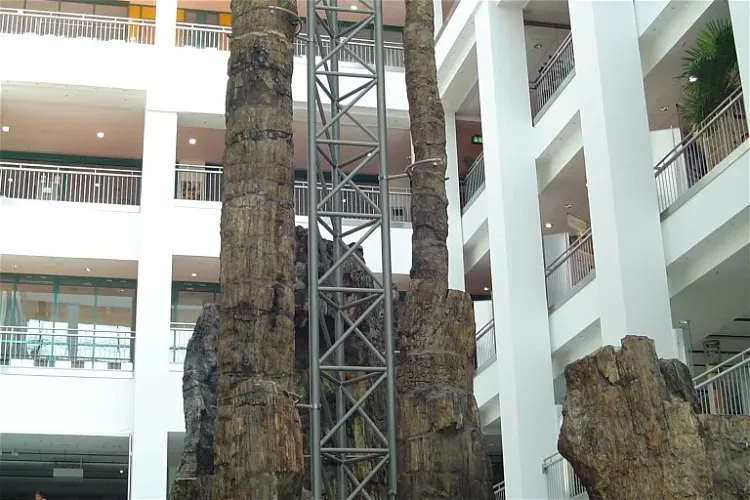
Museum für Naturkunde
ChemnitzThe Museum für Naturkunde Chemnitz, established in 1868, is a natural history museum situated in Chemnitz, Saxony. It is home to a vast collection of over 300,000 exhibits. Among these are the Sterzeleanum, a historical cabinet, and the Insectarium. The museum also hosts rotating special exhibitions, providing visitors with a variety of experiences and insights into the natural world.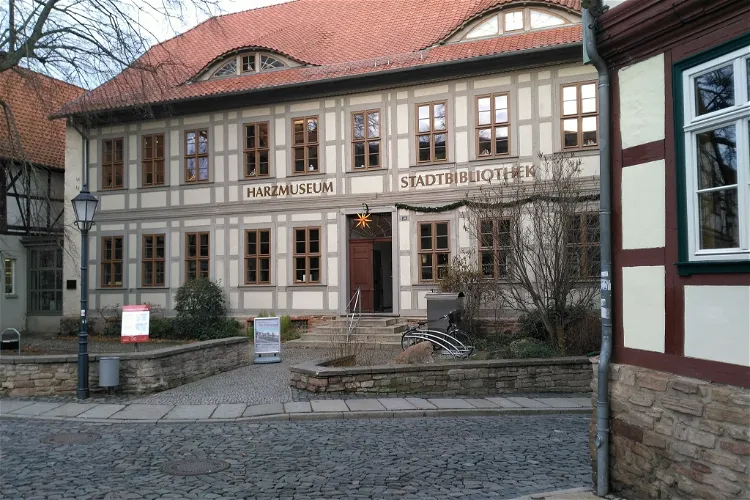
Harzmuseum
WernigerodeThe Harzmuseum Wernigerode is the city museum located in the Harz region, specifically in the city of Wernigerode. It is conveniently situated near the Wernigerode Town Hall, making it easily accessible for tourists visiting the city.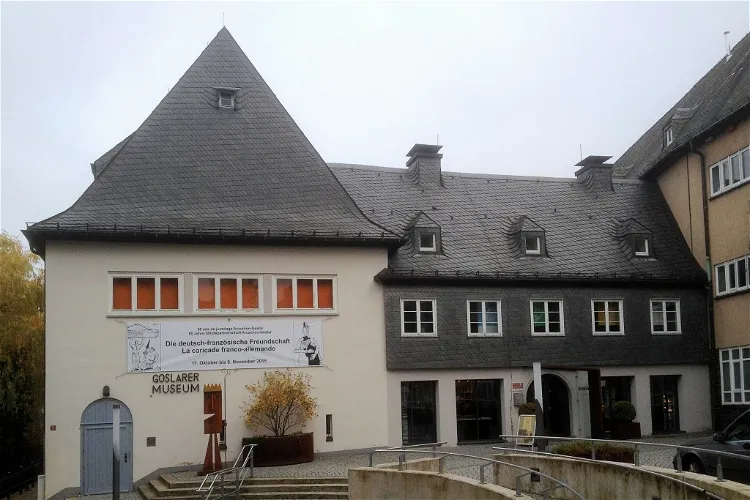
Goslarer Museum
GoslarThe Goslarer Museum is a historical, geological, and archaeological museum located in the German city of Goslar. It offers a unique opportunity to explore the rich history and geology of the region through its diverse collections.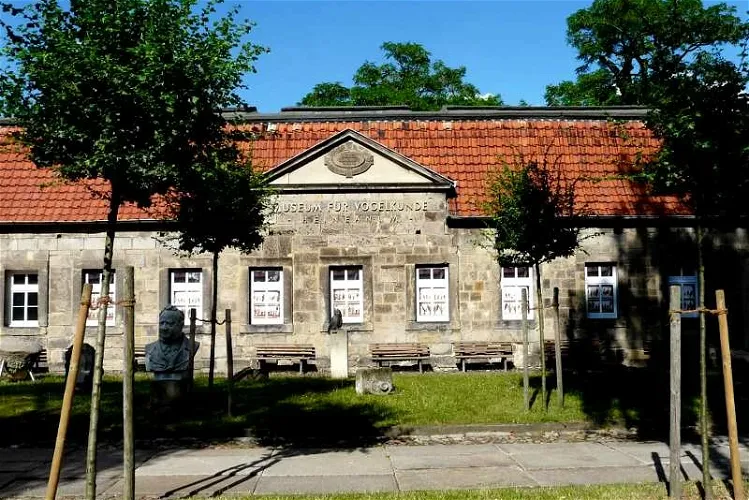
Museum Heineanum
HalberstadtThe Museum Heineanum, located in Halberstadt, Germany, is a natural history museum with a rich history spanning over 175 years. The museum specializes in ornithology, the study of birds, making it a unique destination for bird enthusiasts and nature lovers alike.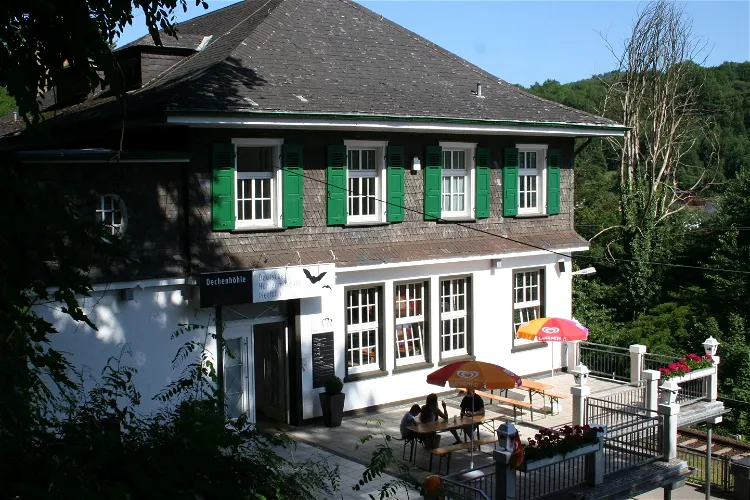
Deutsches Höhlenmuseum
IserlohnThe Deutsches Höhlenmuseum Iserlohn, situated in the Grüne district of Iserlohn, holds the distinction of being the largest German museum dedicated to speleology. This museum offers a comprehensive exploration of caves and their associated sciences, making it a unique destination for those interested in geology, archaeology, and natural history.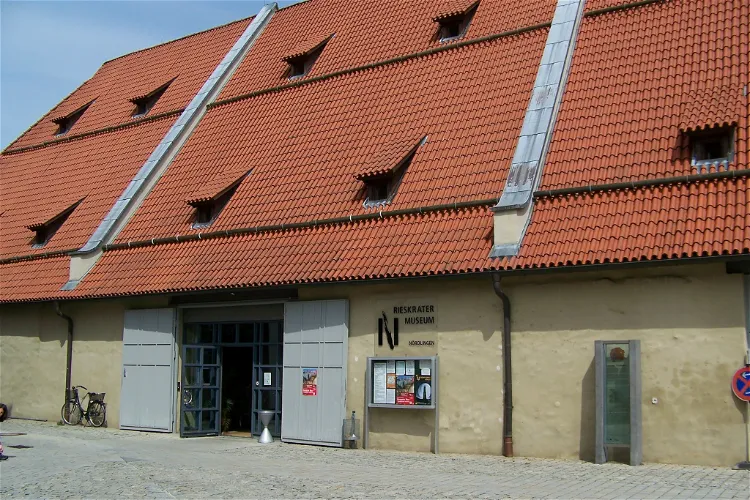
Rieskrater Museum
NördlingenThe RiesKraterMuseum in Nördlingen is a natural science museum that focuses on the formation and significance of impact craters. The museum's main highlight is the Nördlinger Ries, a large impact crater that was formed about 15 million years ago when a 1 km asteroid collided with Earth at a speed of approximately 70,000 km/h. The museum is housed in a meticulously renovated medieval barn from 1503 and presents the Ries event and its planetary roots and earthly impacts that continue to this day.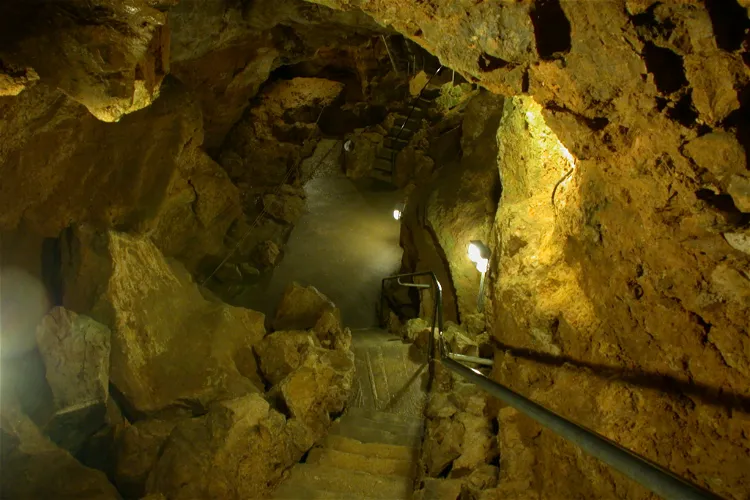
Tiefenhöhle Laichingen
LaichingenThe Laichinger Tiefenhöhle is a unique attraction in Germany, being the only shaft cave in the country that has been developed into a show cave. Visitors can descend up to 55 meters below the earth's surface, making it one of the deepest show caves in Germany. This provides a unique opportunity to explore the underground world and learn about the geological features of the area.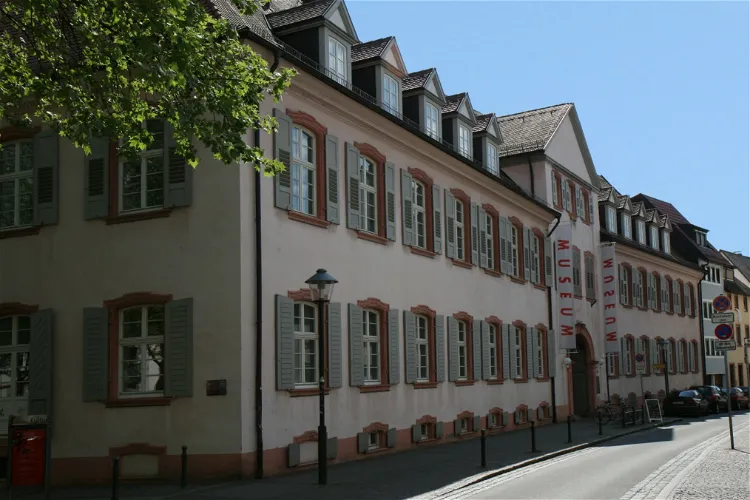
Museum Ritterhaus
OffenburgThe Museum im Ritterhaus, located in Offenburg, Baden-Württemberg, is a historical institution that was inaugurated in 1900. It was originally established by Carl Frowin Mayer as a 'Museum for Natural and Ethnology'. This museum offers a deep dive into the natural and ethnological aspects of the region, making it a fascinating destination for those interested in these fields.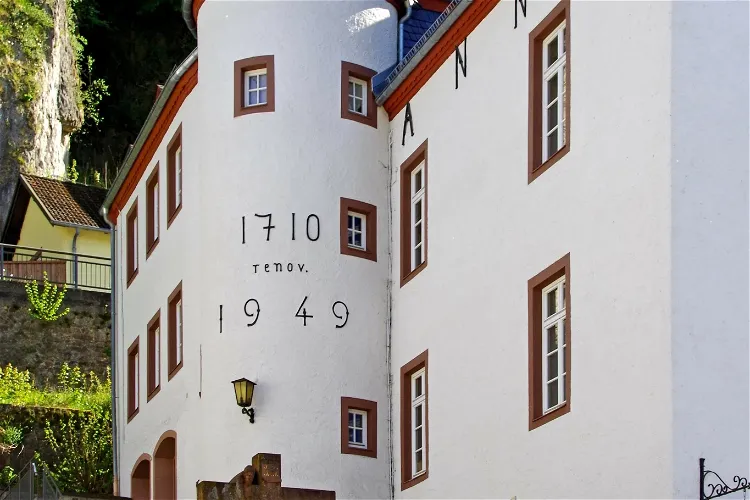
Naturkundemuseum
GerolsteinThe Naturkundemuseum Gerolstein, located in the old town center of Gerolstein in the Vulkaneifel district in Rhineland-Palatinate, is the largest and oldest Geomuseum in the Eifel region. It is situated directly below the Löwenburg, adding to its historical charm and significance.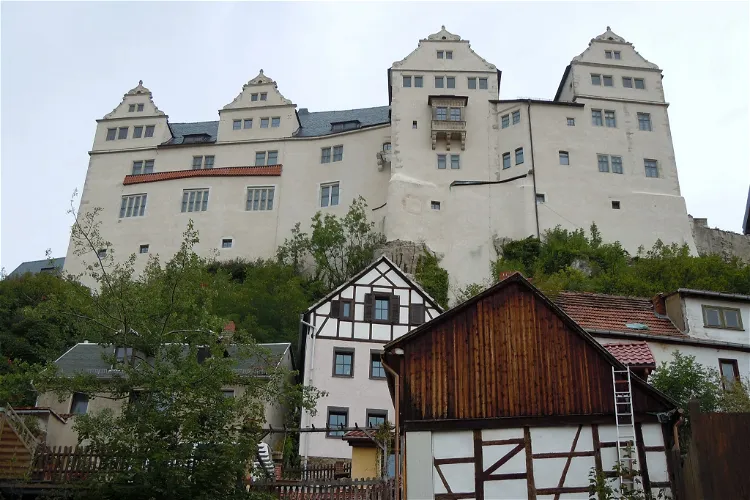
Museum Burg Ranis
RanisBurg Ranis is a castle situated on a ridge near the Thuringian city of Ranis, a short distance from Pößneck. This location offers a unique vantage point and a scenic view of the surrounding area, making it an interesting destination for tourists who appreciate historical architecture and natural beauty.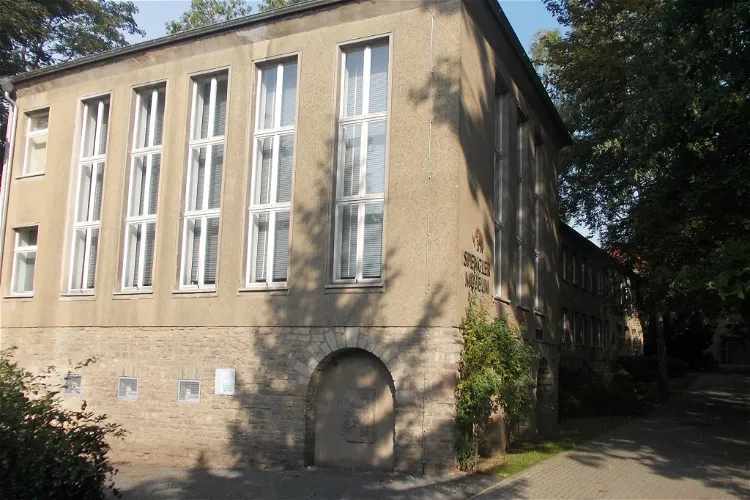
Spengler-Museum
SangerhausenThe Spengler Museum is home to a variety of exhibits that were collected by local researcher Gustav Adolf Spengler during the first half of the 20th century. These exhibits provide a glimpse into the rich history and culture of the region.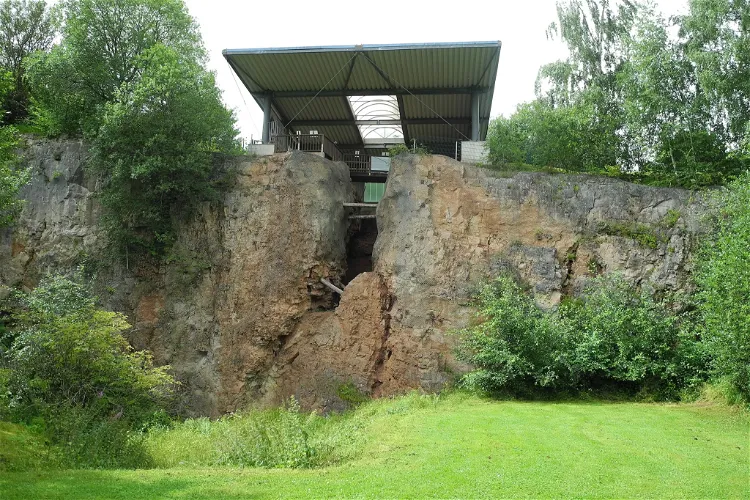
Korbacher Spalte
KorbachThe Korbacher Spalte is not only a geological wonder but also a significant fossil site. It is protected as a cultural monument under the Hessian Monument Protection Act, highlighting its importance in the field of paleontology and cultural heritage.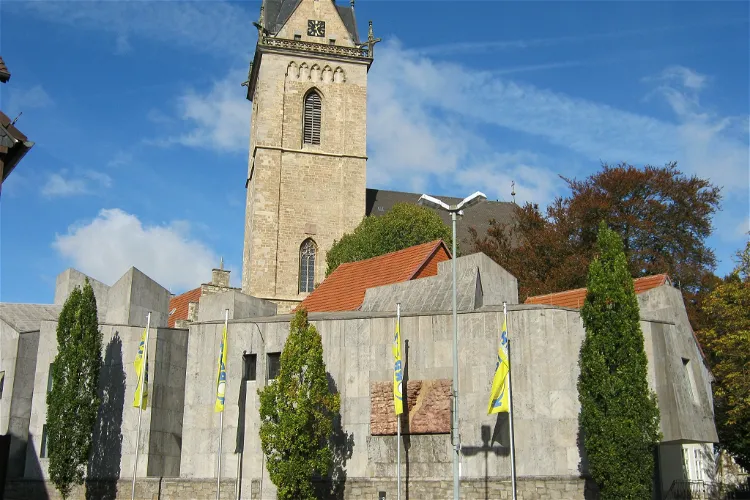
Wolfgang-Bonhage-Museum
KorbachThe museum is known for its collection of fossils found in the Korbach fissure. Its architecture, which combines historical buildings with contemporary design, has won multiple awards, including a special prize from the German Urban Development Prize in 1999.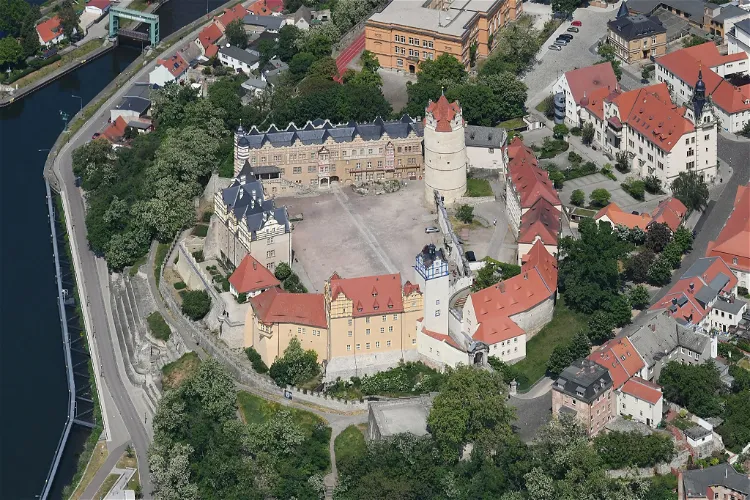
Museum Schloss Bernburg
Bernburg (Saale)Schloss Bernburg, also referred to as the 'Crown of Anhalt', is a Renaissance castle situated in Bernburg (Saale), Saxony-Anhalt. The castle is perched on towering sandstone cliffs above the eastern bank of the Saale, marking the location of a former ford. This historic site offers a unique blend of natural beauty and architectural grandeur, making it a fascinating destination for visitors.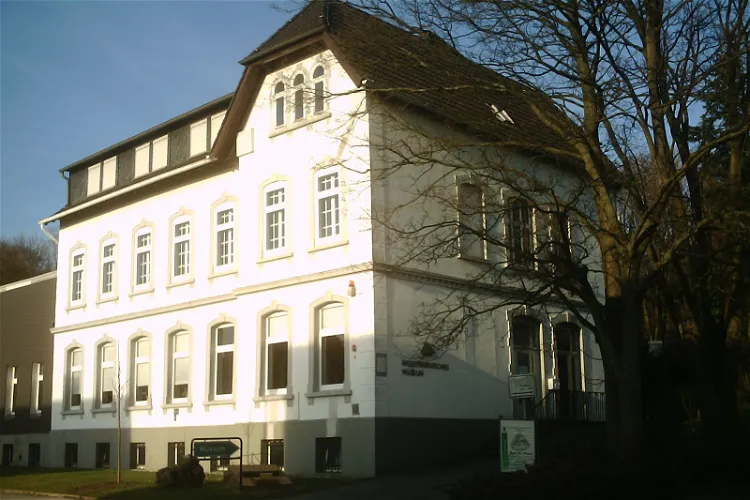
Niederbergisches Museum
WülfrathThe Niederbergisches Museum in Wülfrath is a local history museum that provides insights into the life, work, and the limestone industry of the region. It also showcases related geological and paleontological findings. This museum offers a unique opportunity to understand the local history and culture of Wülfrath and the Niederberg region.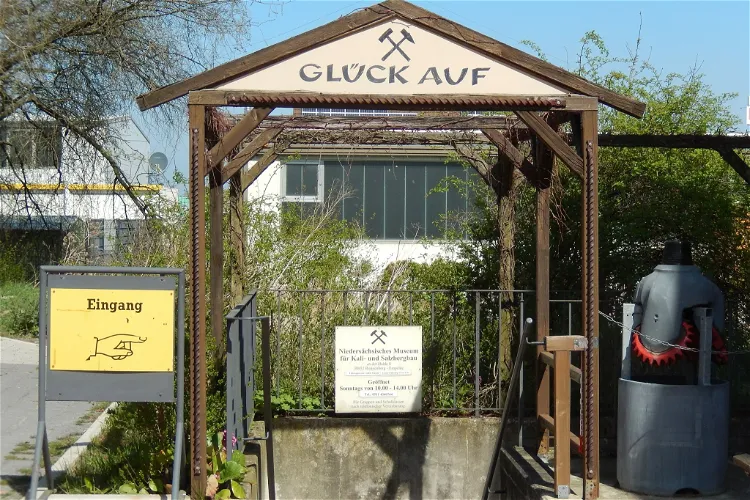
Niedersächsisches Museum für Kali- und Salzbergbau
RonnenbergThe Niedersächsische Museum für Kali- und Salzbergbau is situated in the Empelde district of the city of Ronnenberg, in the Hannover region. This location is easily accessible and offers a unique insight into the history and processes of potash and salt mining in the region.
Dobergmuseum
BündeThe Dobergmuseum, located in the East Westphalian city of Bünde, is a geological museum that primarily showcases fossils found in the nearby Doberg. This makes it a unique destination for those interested in geology and paleontology, offering a glimpse into the Oligocene era through its extensive collection of fossils.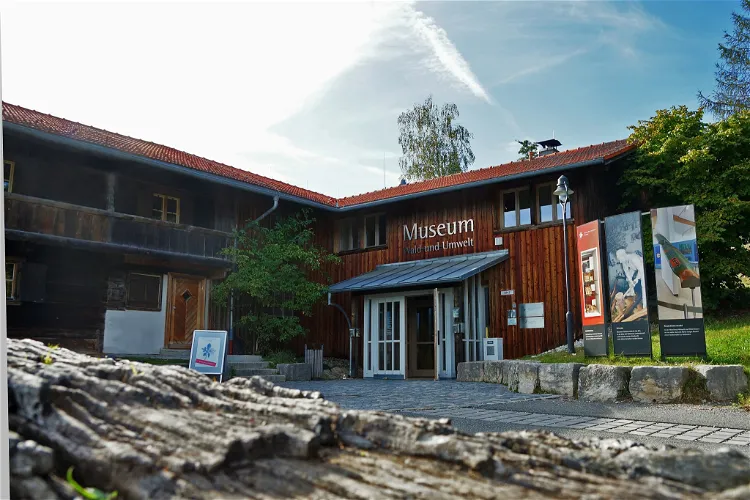
Museum Wald und Umwelt
EbersbergThe Museum Wald und Umwelt is a natural science educational institution located on the Ludwigshöhe, on the edge of the Ebersberg Forest. This location offers visitors a unique opportunity to learn about the natural environment and its history in a picturesque setting.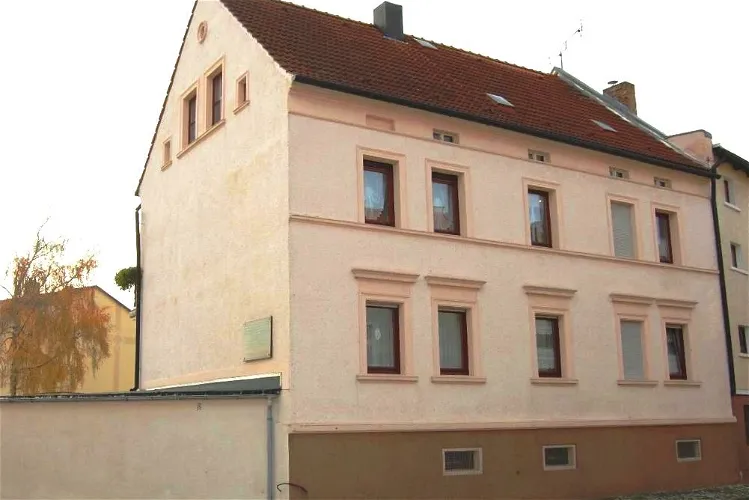
Museum für Bodenschätzung
EickendorfThe Museum für Bodenschätzung is a unique institution located in Eickendorf, a part of the Magdeburger Börde region. This small museum offers a unique perspective on the history of soil assessment, a field that deals with the evaluation of arable and grassland, and the history of the calculation bases for property tax.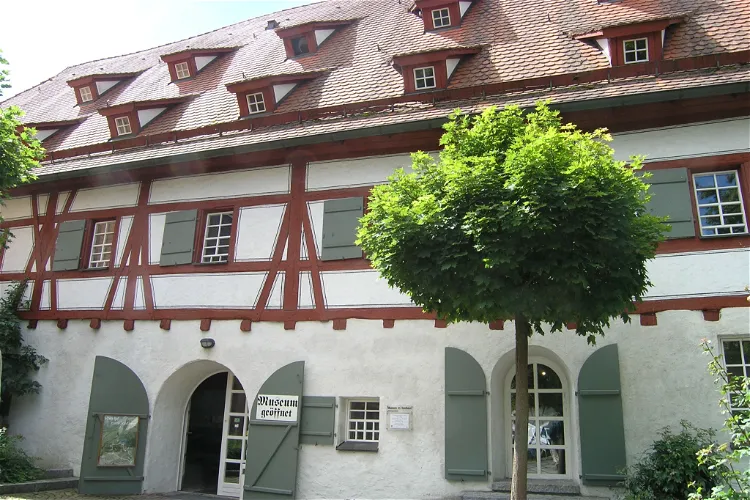
Museum im Seelhaus
BopfingenThe Museum im Seelhaus, located in Bopfingen in the Ostalbkreis, serves as the city's museum. It is home to a variety of archaeological exhibits from the region, providing visitors with a glimpse into the area's rich history. Additionally, the museum features an exhibition dedicated to the history of the city itself, offering a comprehensive overview of Bopfingen's past.
Museum für Naturkunde
DortmundThe Museum für Naturkunde is a natural history museum in Dortmund. The focus of the museum's collection is on exhibits from the fields of biology, geology and paleontology. The zoological exhibition shows local fauna and flora with some extra focus on mushrooms. The museum also features an aquarium- 158
Bodensee-Obst-Museum
FrickingenThe museum's collection was diverse and related to Lake Constance and its coastal landscapes. It included antiquities and natural history objects of all kinds, such as maps, city plans, pictures and photographs, coats of arms and seals, coins and documents from Lake Constance. - 159
Museum Zurholt
AltenbergeThe Museum Zurholt, also referred to as the Mineral and Fossil Museum Zurholt, is a geological museum located in Altenberge, Kreis Steinfurt, North Rhine-Westphalia. The museum has been operational since 2010 and offers a unique insight into the geological history of the region. - 160
Heimatmuseum Wilsdruff
WilsdruffThe Heimatmuseum Wilsdruff, which was once known as the Heimatsammlung Wilsdruff, was established by Artur Kühne and Alfred Ranft. This local and natural history collection was opened to the public in 1919. The museum has been housed in the ground floor of the current Oberschule am Gezinge in Wilsdruff since its inception. - 161
artefact Glücksburg
Glücksburg (Ostsee)artefact is an international environmental education center located in Glücksburg/Ostsee, in the northern part of Schleswig-Holstein. It offers a variety of educational programs and activities for adults, children, and teenagers. The center aims to promote environmental awareness and sustainable living practices through its various initiatives. - 162
GeoMuseum - University of Cologne
CologneThe GeoMuseum - University of Cologne is the only natural history museum in Cologne. The museum holds and exhibits a collection that includes minerals, gemstones, meteorites and fossils. - 163
Hunsrückmuseum
Simmern/HunsrückThe Hunsrück Museum Simmern, located in the New Castle in Simmern, is the regional museum of the city. It houses a variety of collections that provide insights into the city and regional history. One of the highlights of the museum is its noteworthy fossil collection, which offers a unique glimpse into the region's geological past. - 164
Fossilien- und Steindruckmuseum Gunzenhausen
GunzenhausenThe Fossil and Stone Print Museum Gunzenhausen, previously known as the Maxberg Museum or Museum on the Maxberg, is a paleontological and geological museum located in Gunzenhausen. This city is situated in the Middle Franconian district of Weißenburg-Gunzenhausen. The museum is a significant destination for those interested in paleontology and geology, offering a unique insight into these scientific fields.